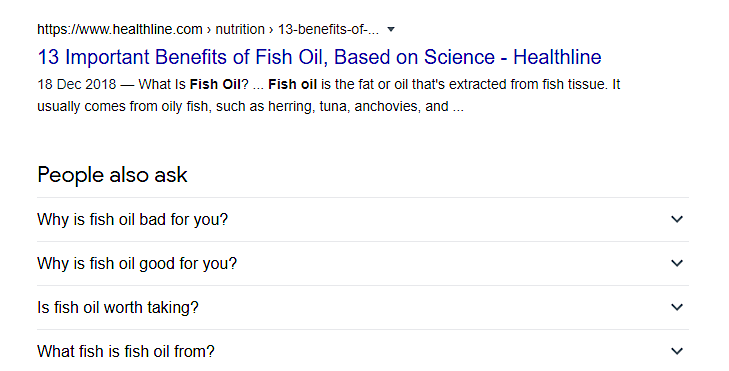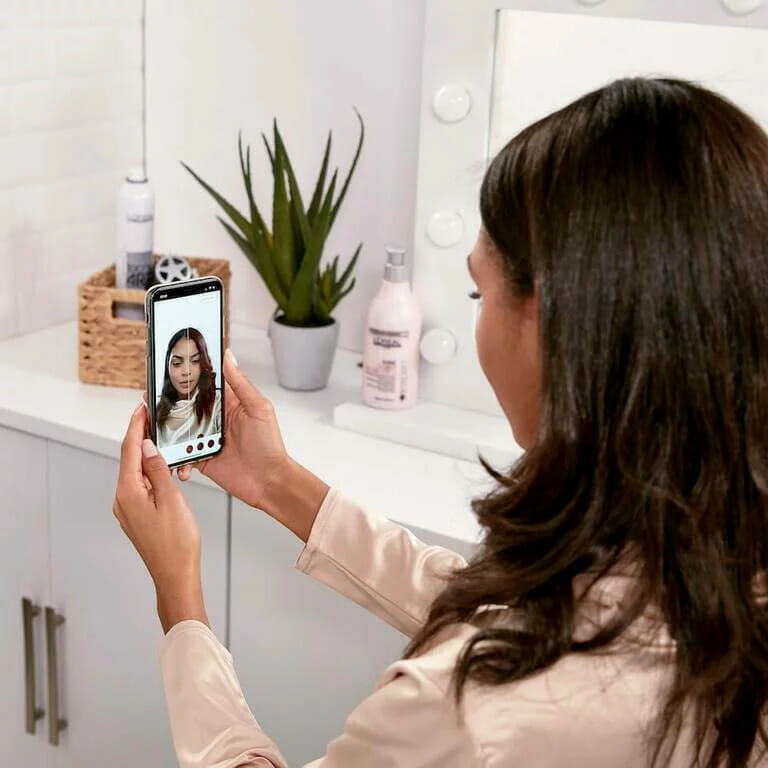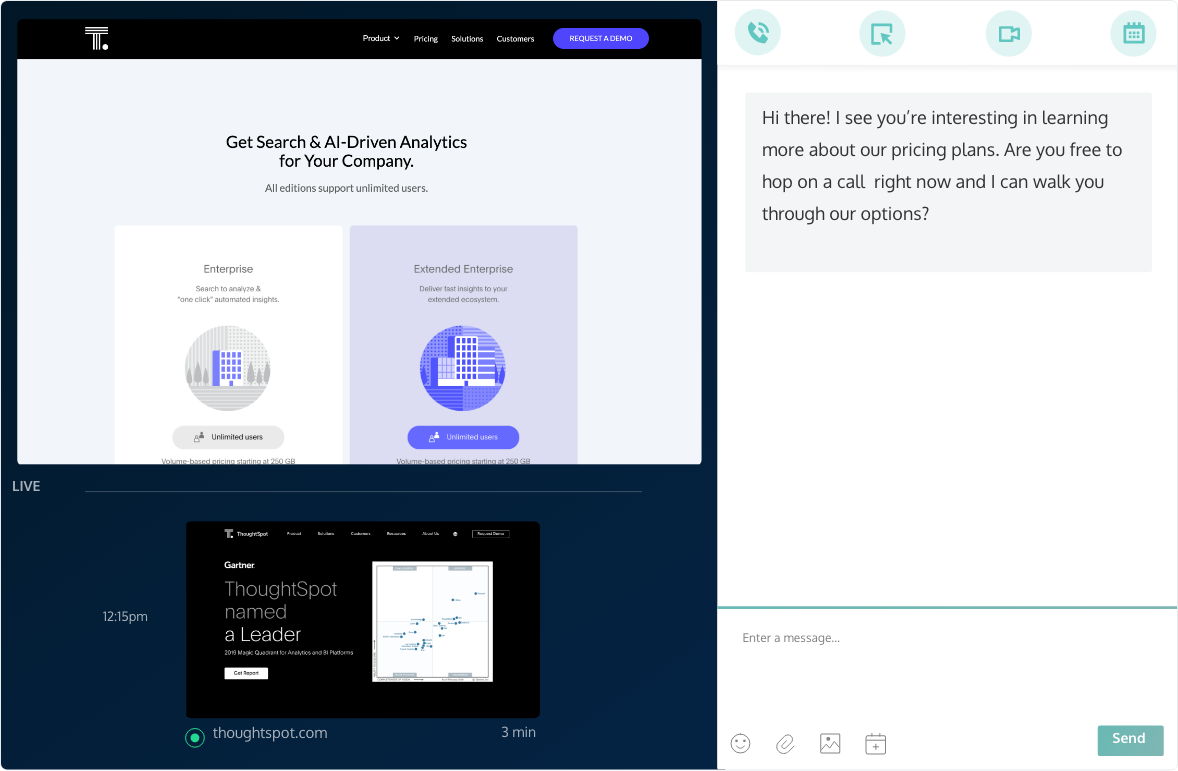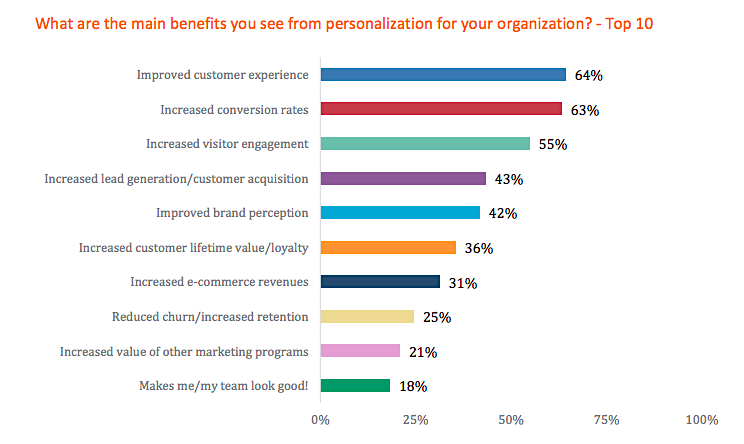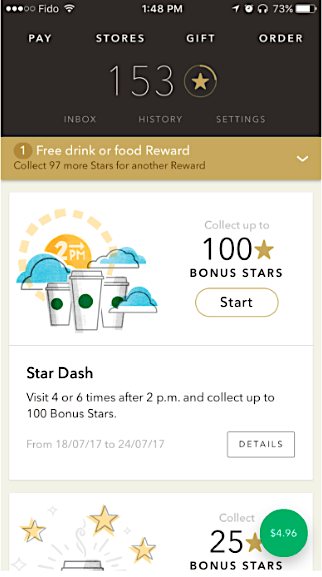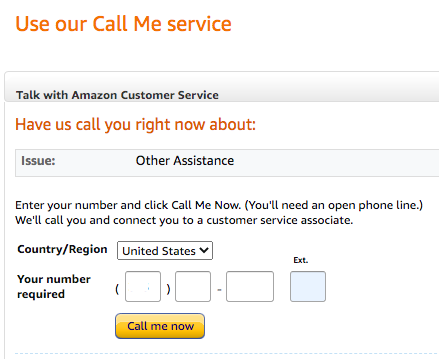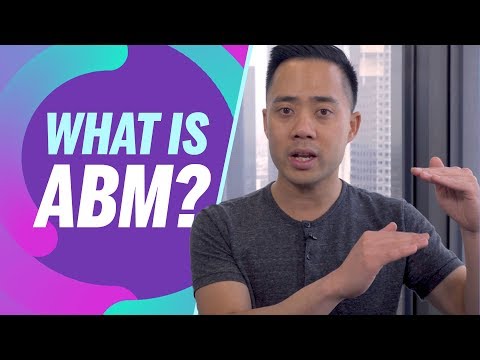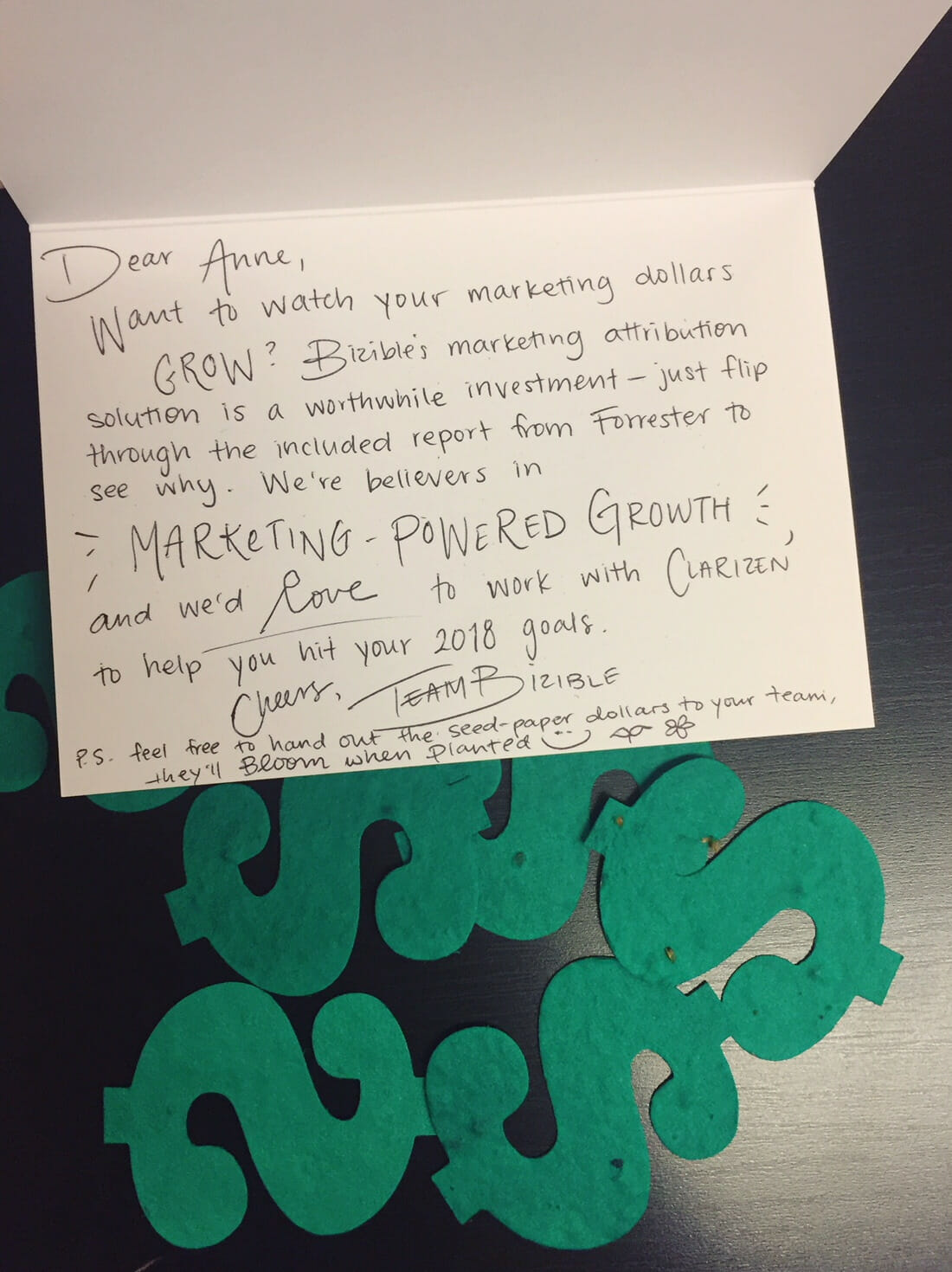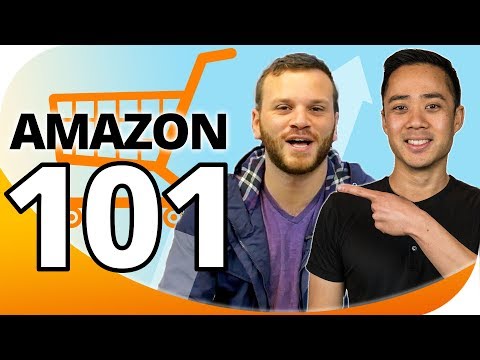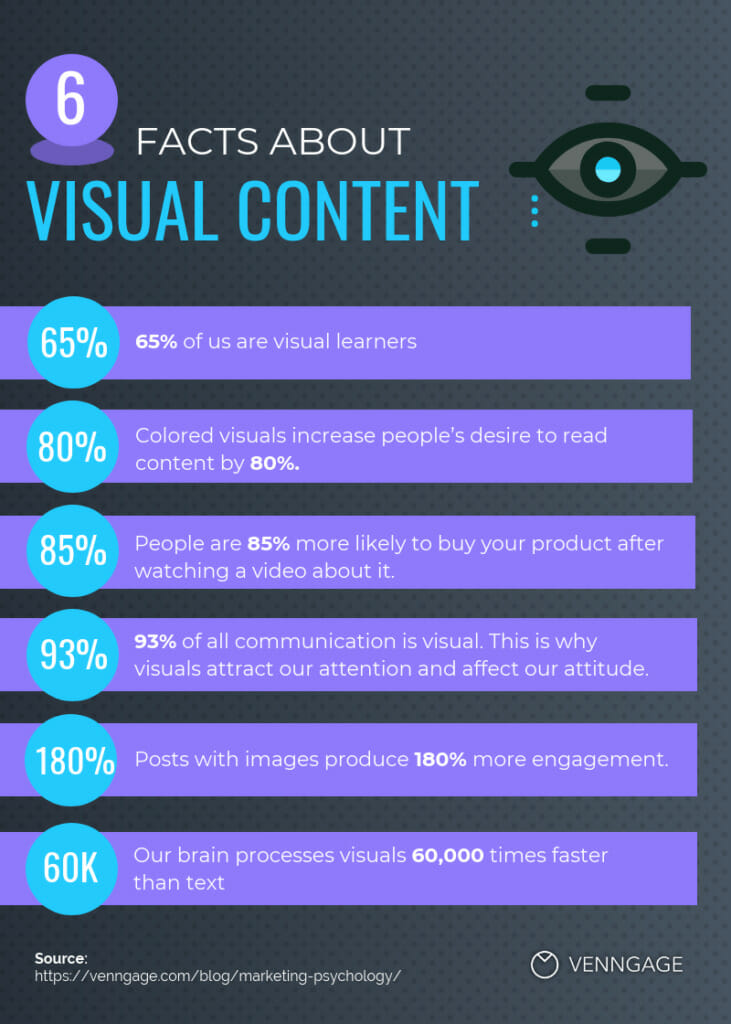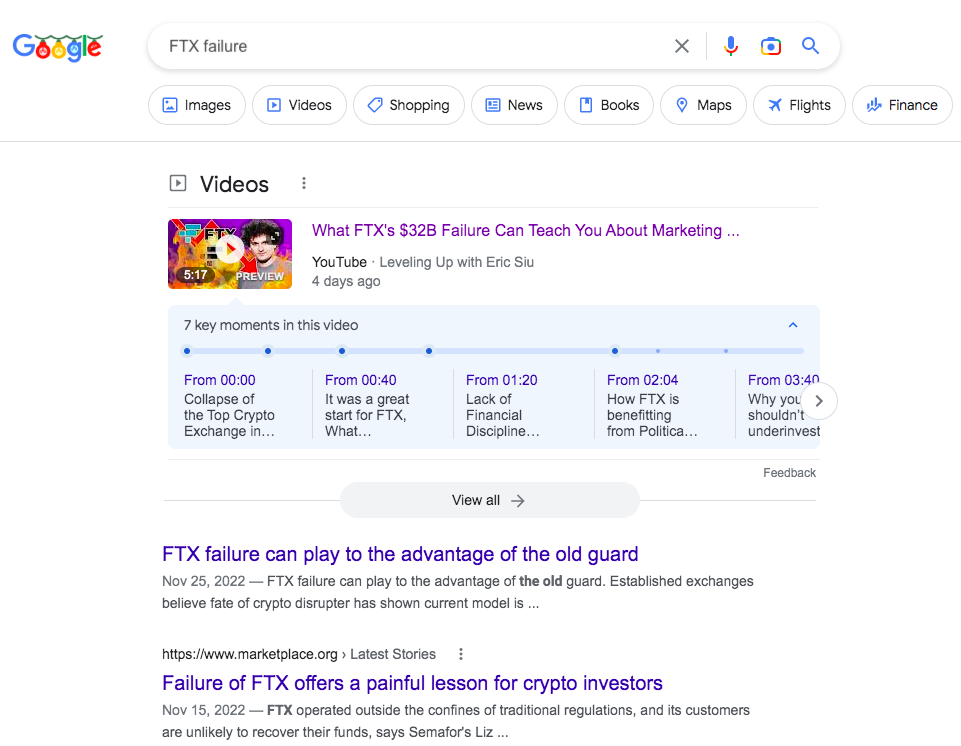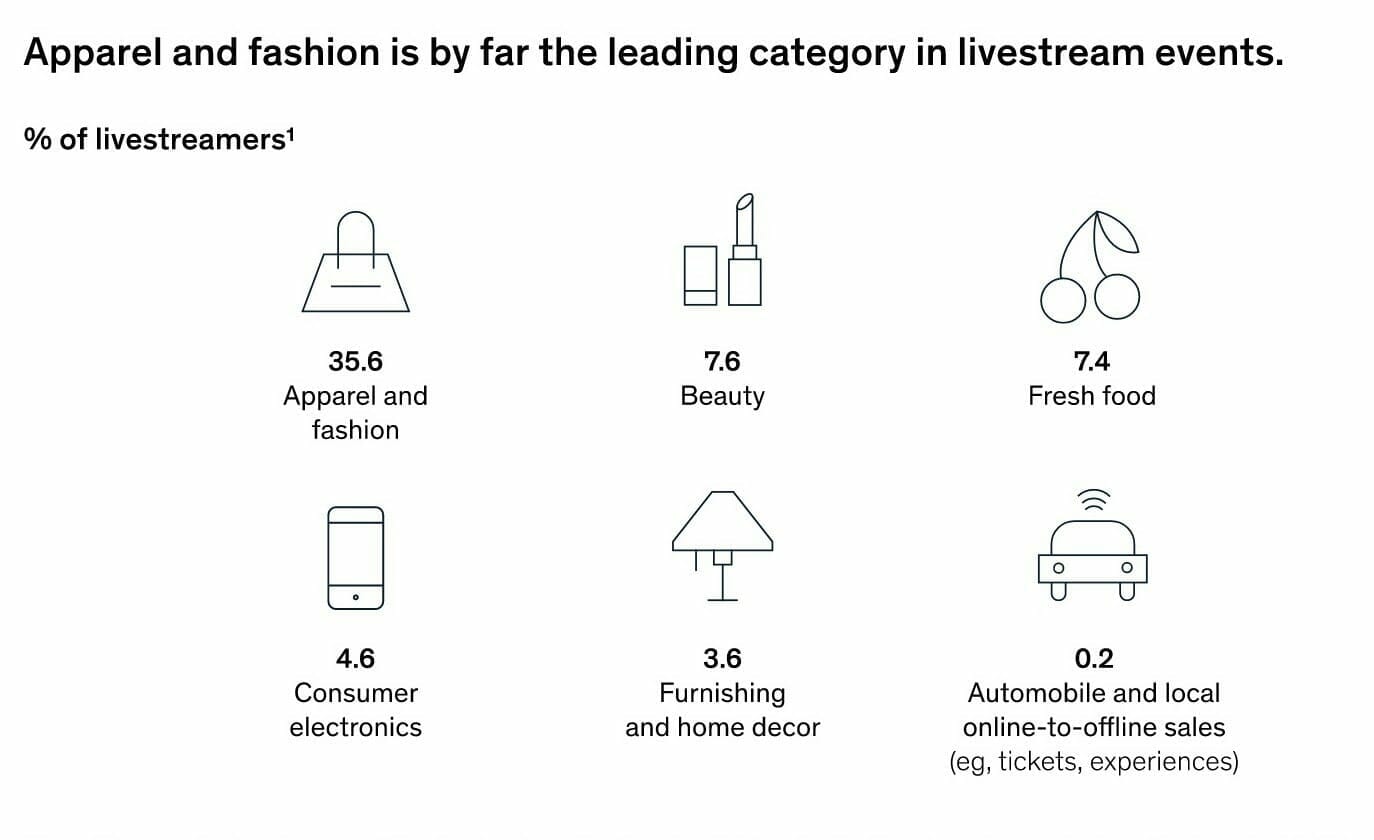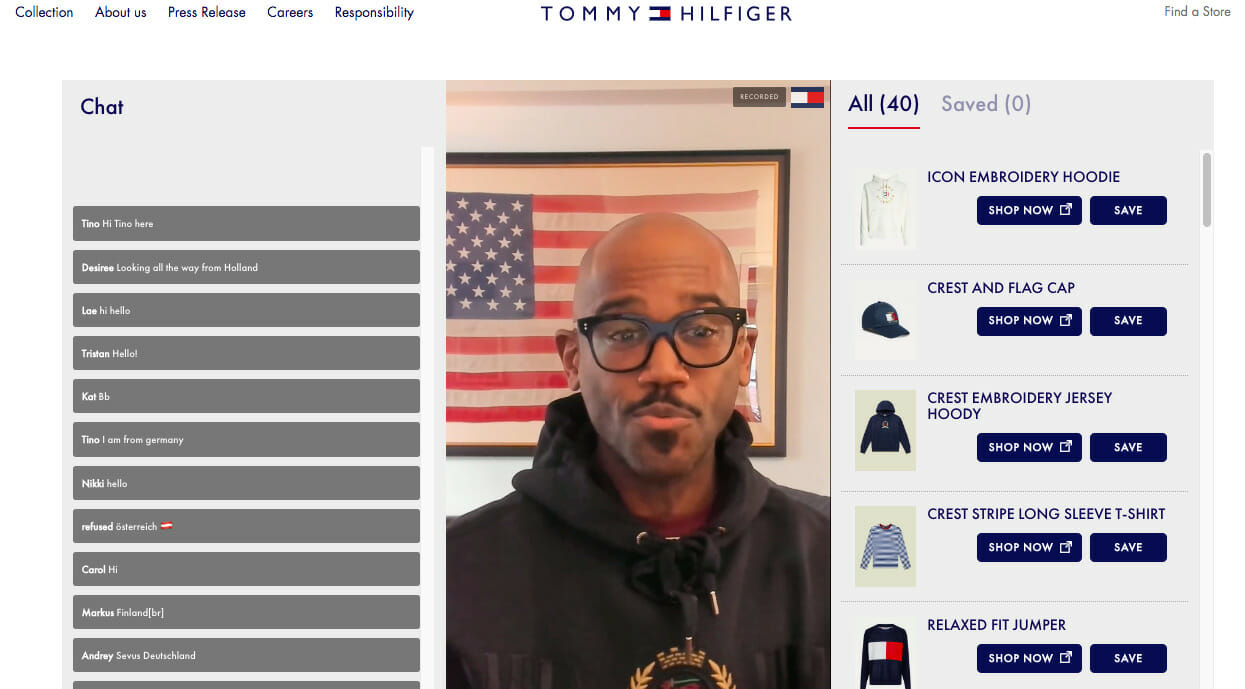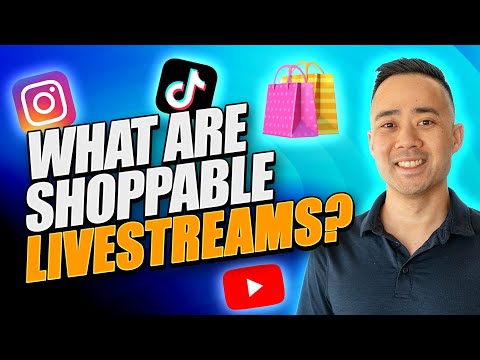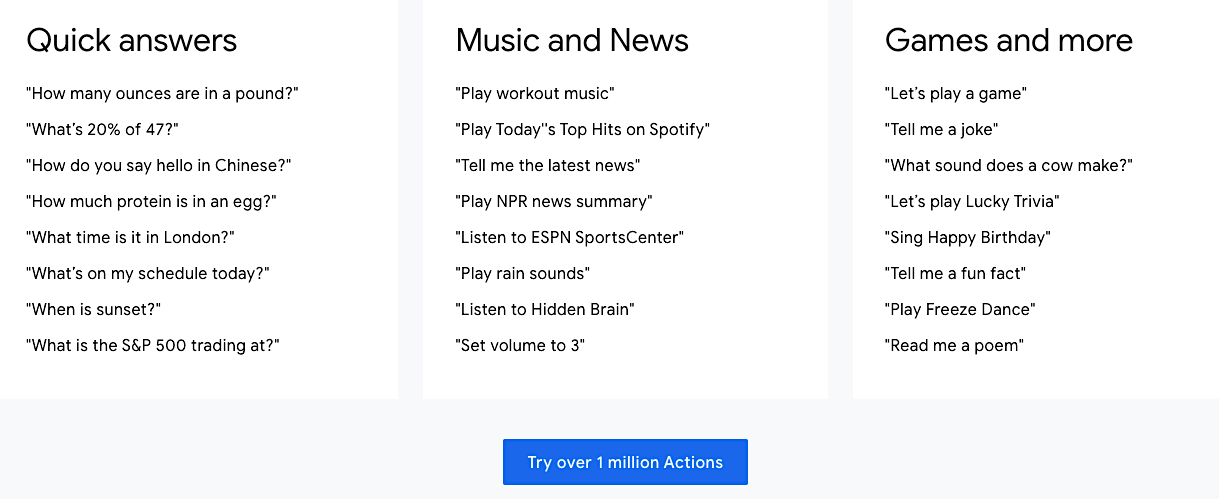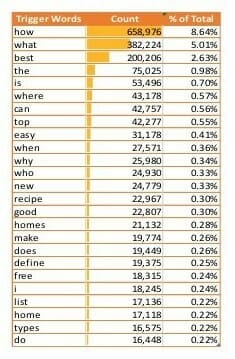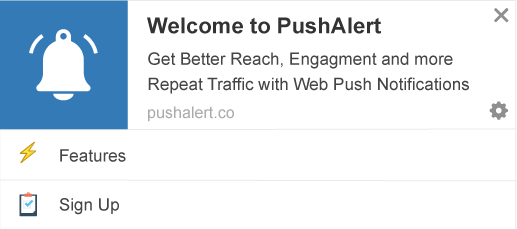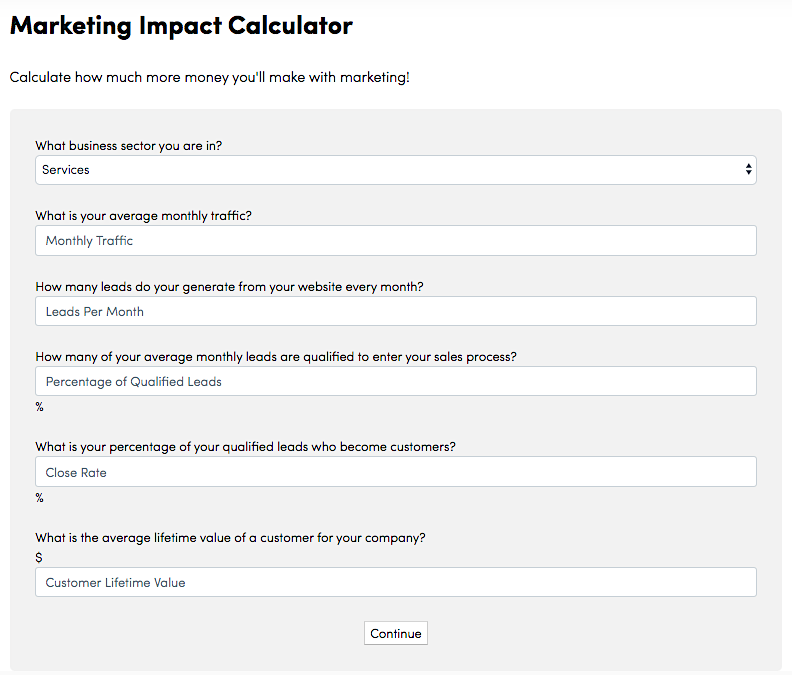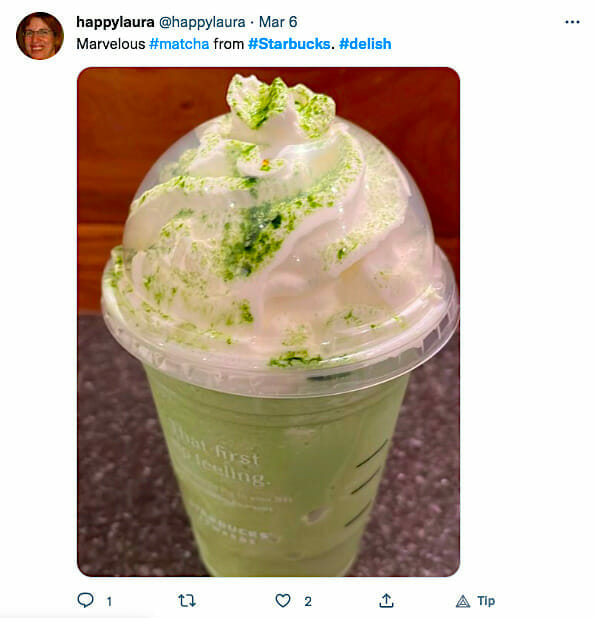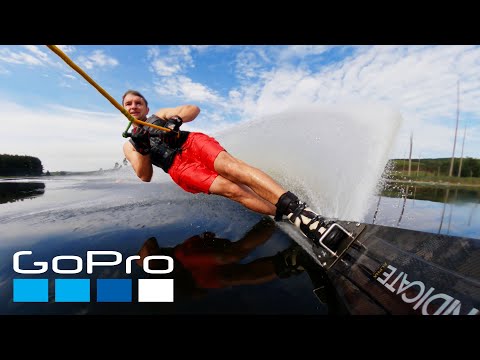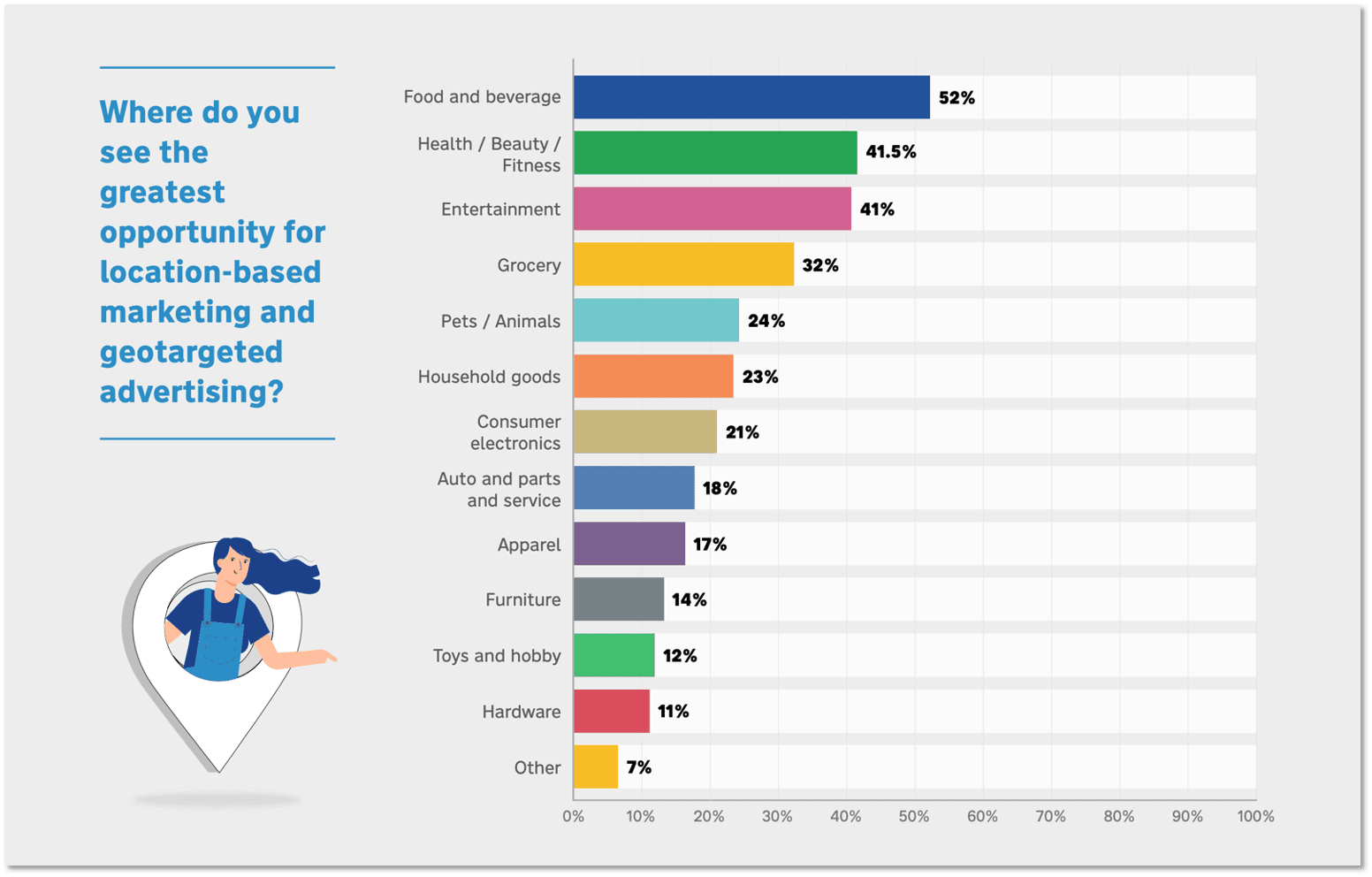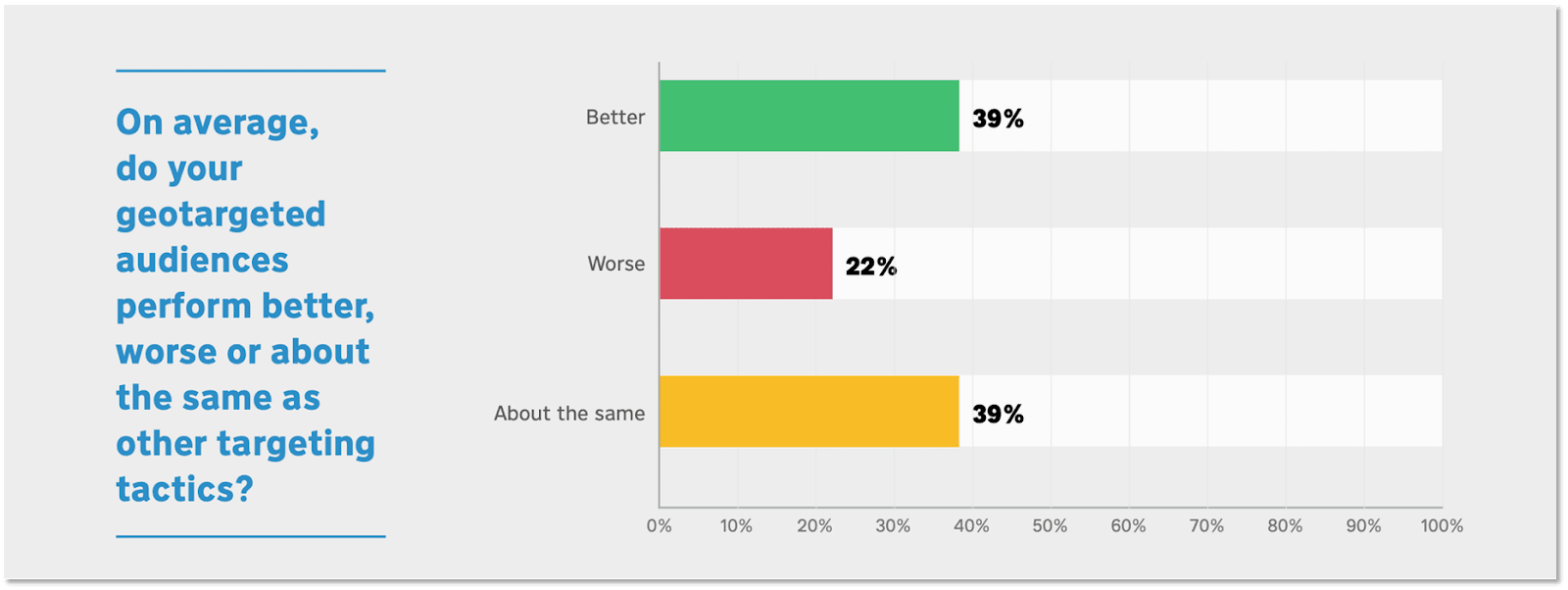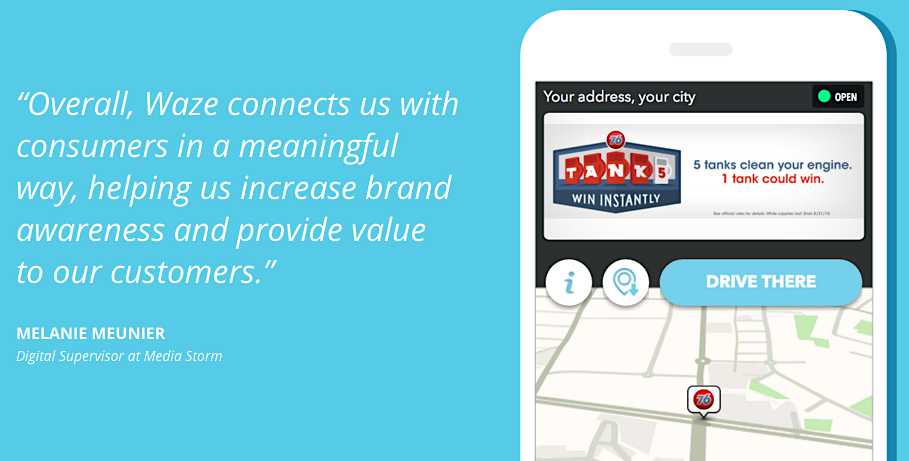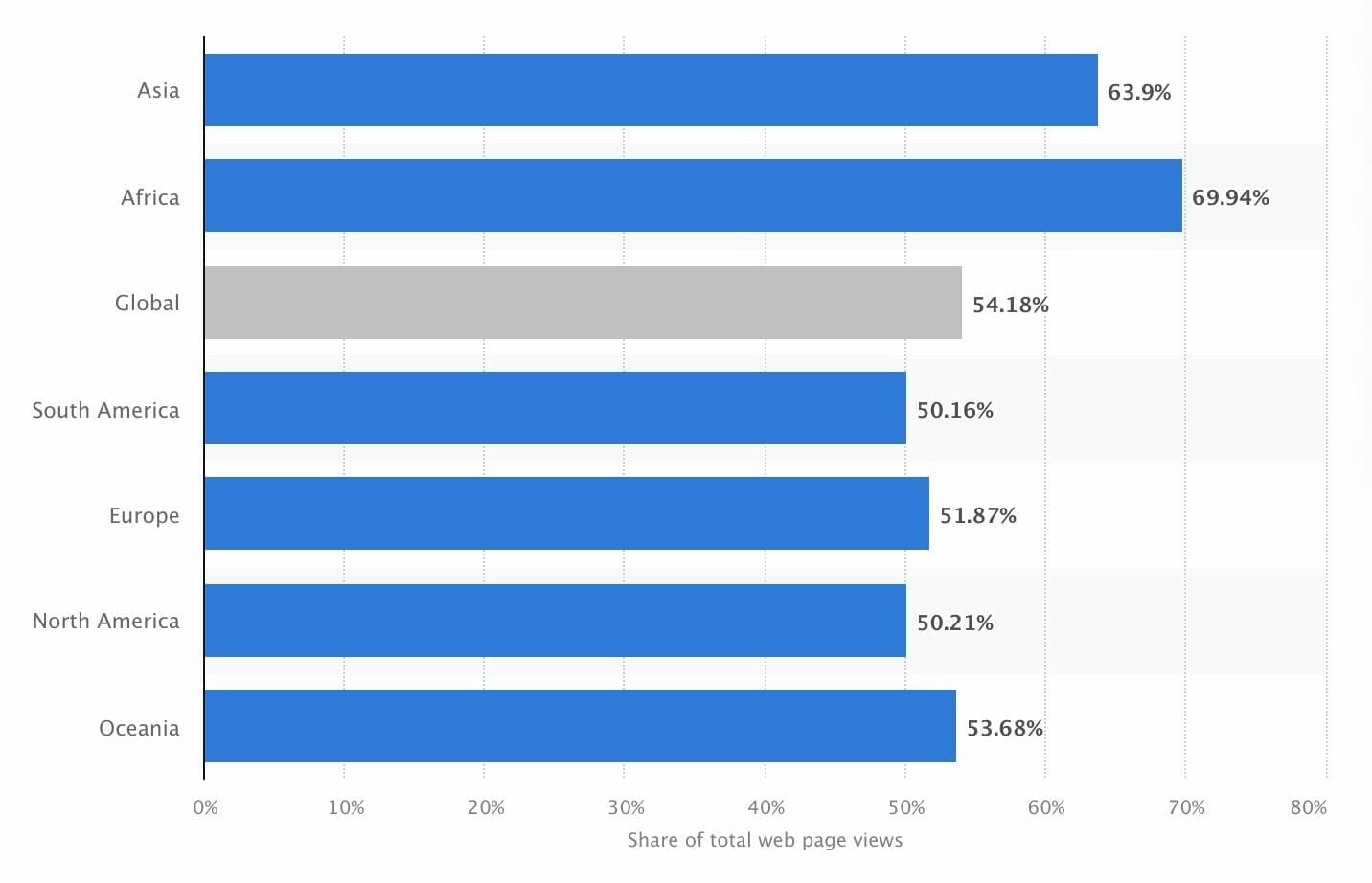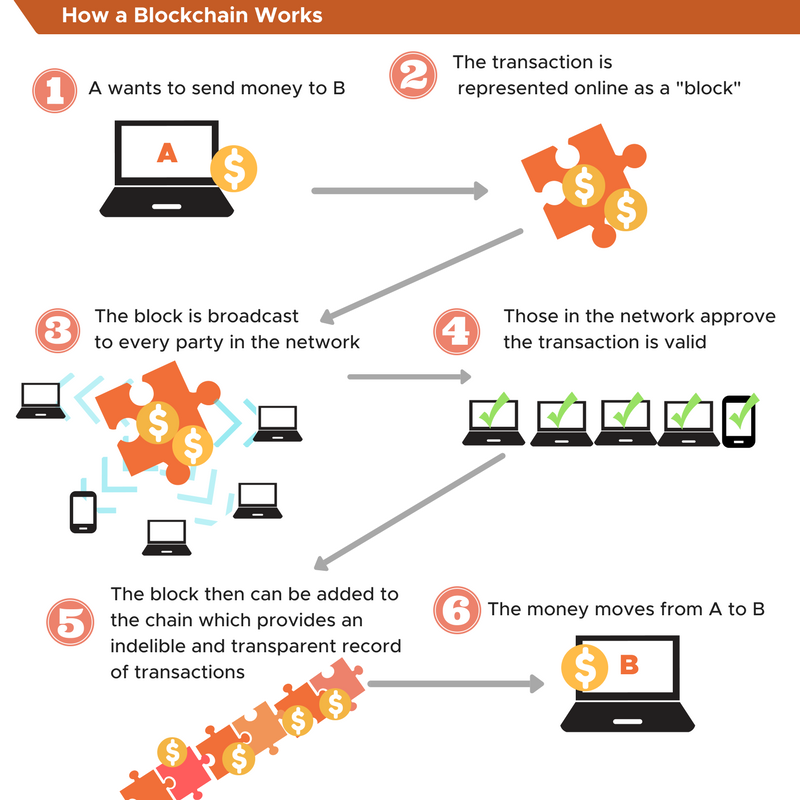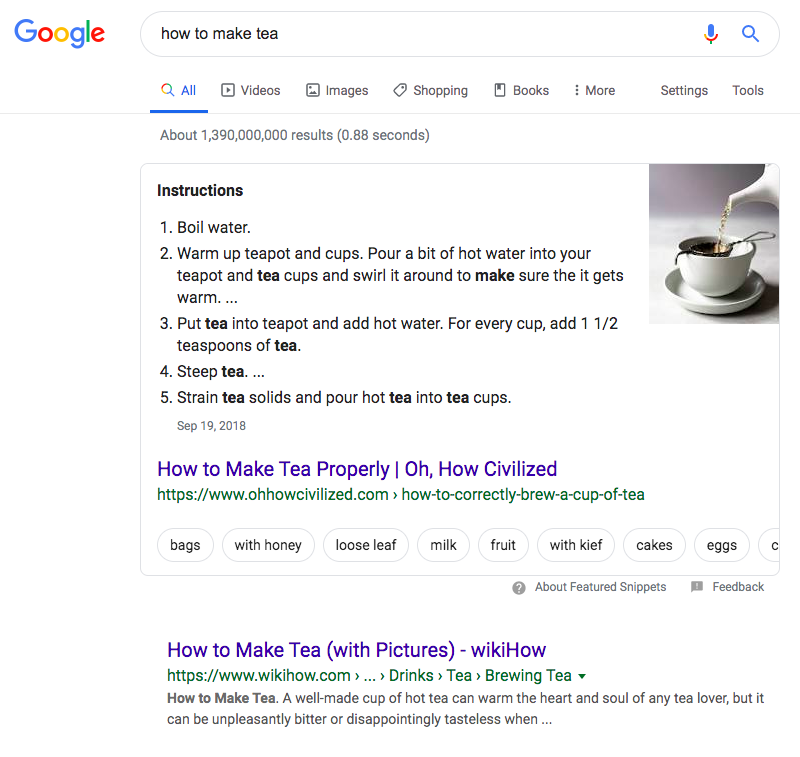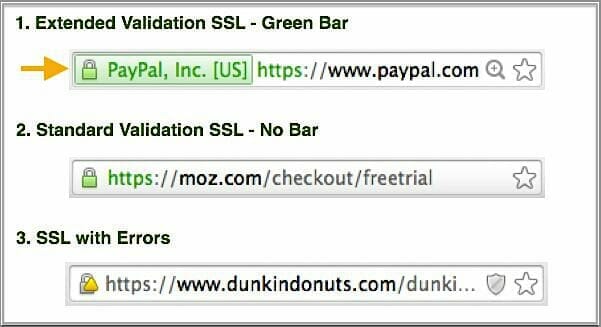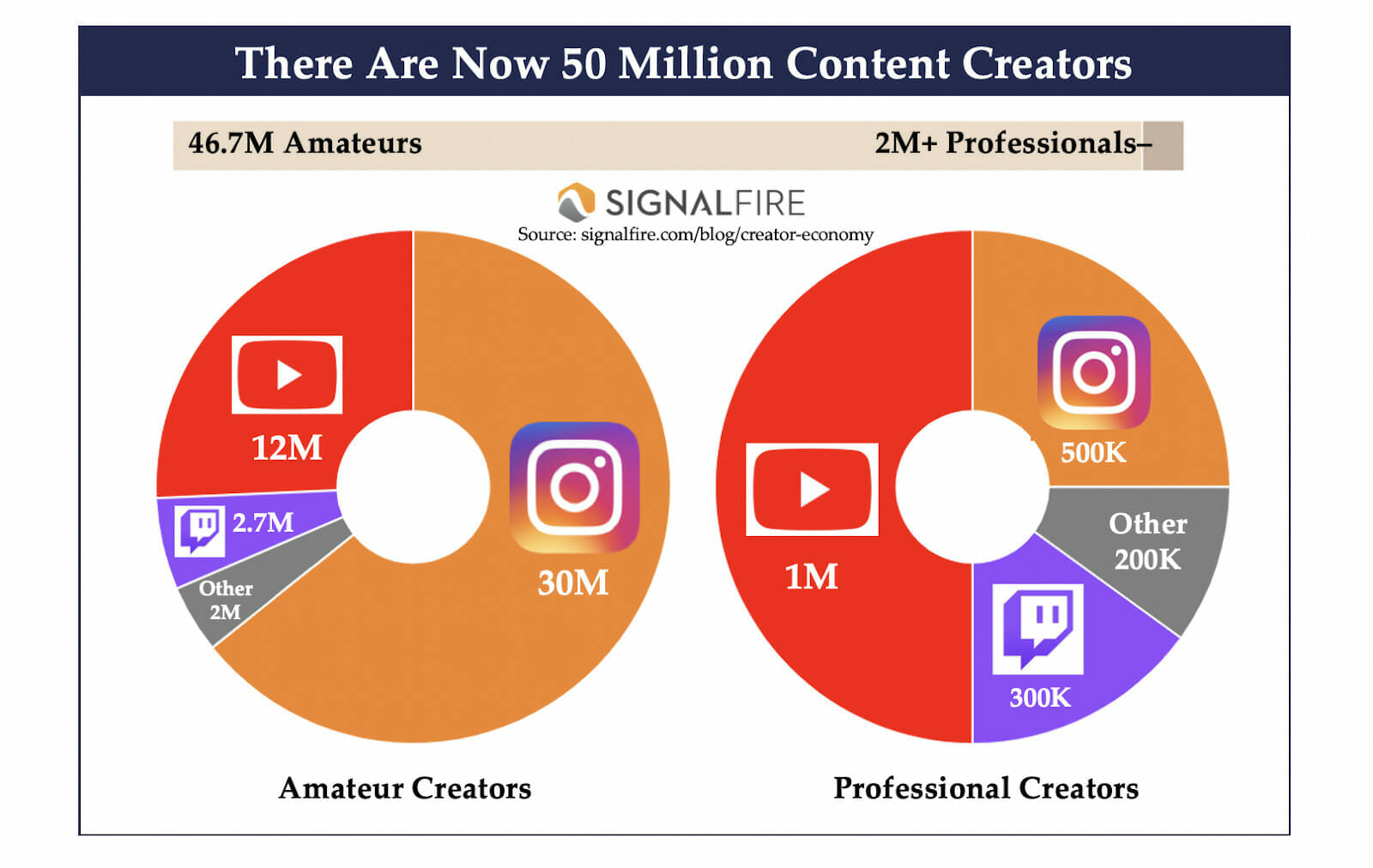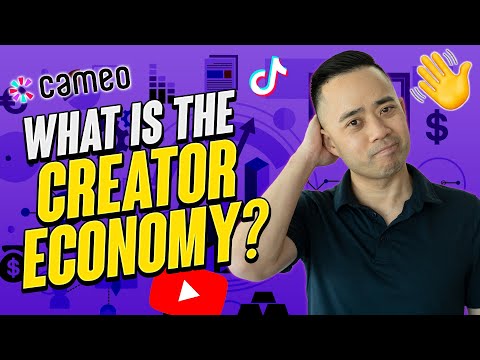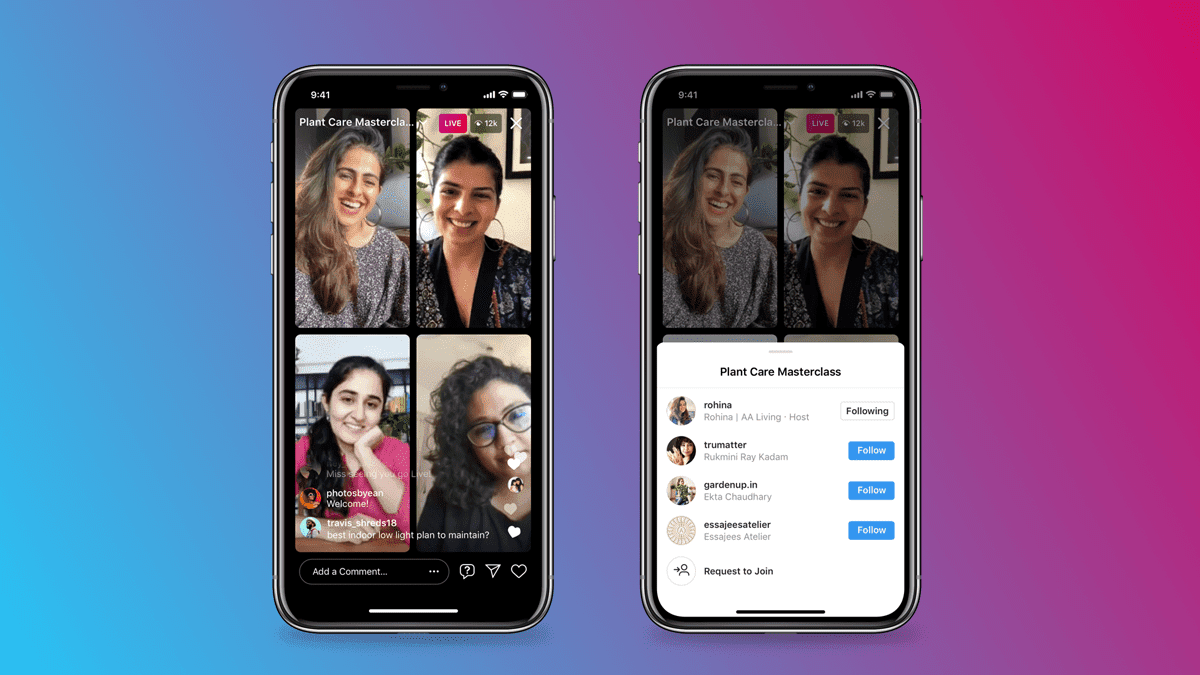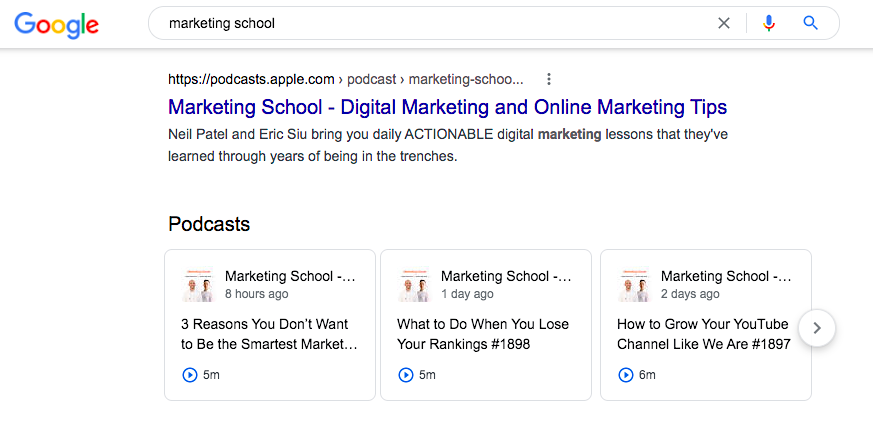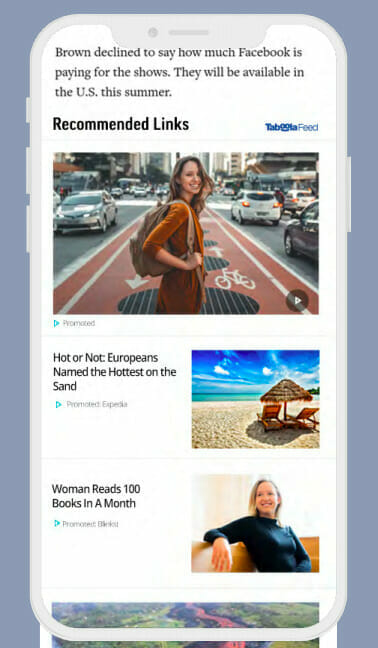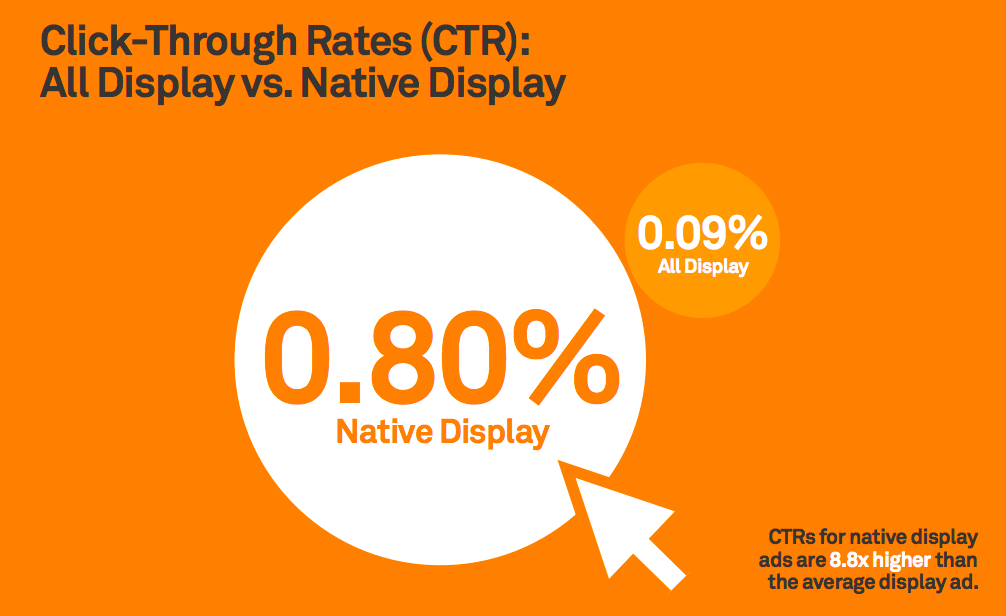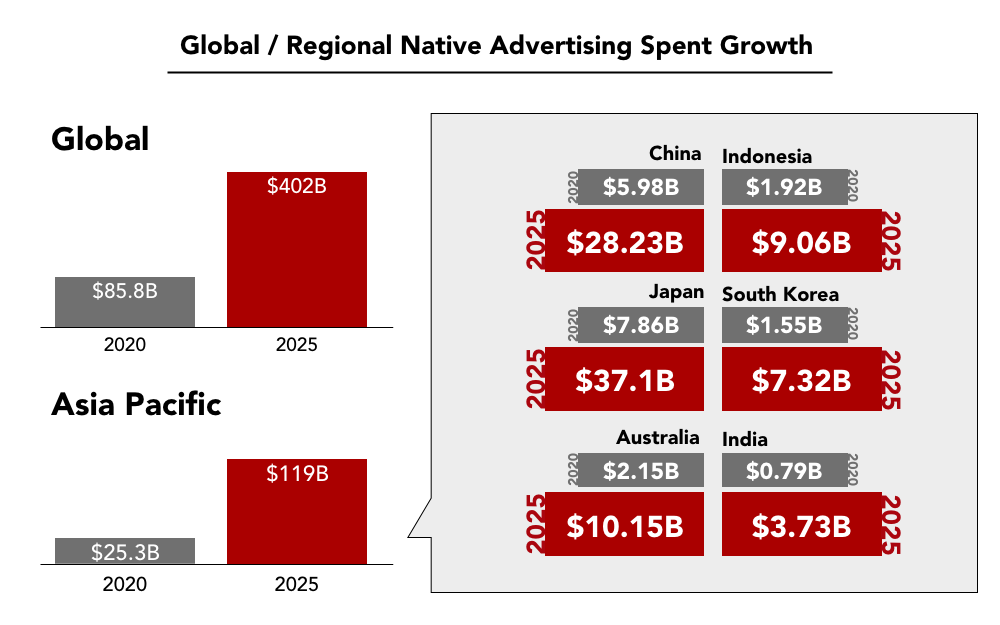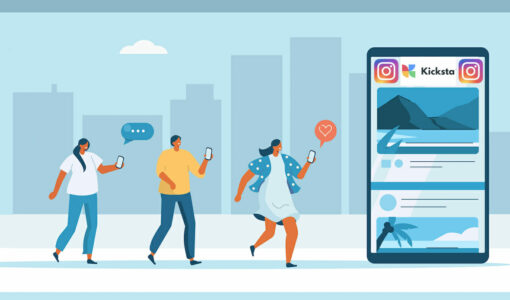34 Digital Marketing Trends You Can’t Ignore in 2023
[Free Consultation] Are you spending money on advertising but not getting the results you want? Are you looking for more sales and leads but have no idea where or how to start? Get help from our world-class marketing experts in a free consultation call.
Click Here To Schedule Your Free Consultation Now
This post was updated December 2022.
At one time, Metaverse marketing, voice search engine optimization (VSEO) and the Internet of Things (IoT) advertising were ambitious concepts bordering on the ridiculous. Today, these are some of the top digital marketing trends.
And why wouldn’t they be? After all, if your business intends to remain competitive in this crowded online landscape, you must adapt to the latest innovations.
In this article, we’ll list 34 important digital marketing trends you can’t ignore in the coming year because they will help your business not just survive, but thrive in this age of never-ending marketing changes.
TABLE OF CONTENTS: ↓
34 Digital Marketing Trends You Can’t Ignore in 2023
1) AI Marketing
Artificial intelligence is the technology behind many services, including content creation, chatbots and search engines, which has particularly ramped up over the last few years.
The use of artificial intelligence in digital marketing is becoming increasingly popular, and for a good reason. AI-driven digital marketing campaigns can provide faster and more accurate insights into customer behavior, leading to higher campaign success rates.
AI can also be used to automate mundane tasks such as data collection and analysis, freeing up marketers’ time for more complex activities like creative strategy development. By leveraging the power of AI-powered marketing automation in digital marketing strategies, businesses can gain a better understanding of their customers and maximize their digital ROI:
Jasper is an example of AI-powered software that is used for content creation. By using this (or a similar) AI tool, marketers can quickly generate relevant content – for ad campaigns, email campaigns, blog post writing – without having to manually search for content ideas or create new content from scratch.
With features like automated keyword tracking, trending topics analysis and personalization capabilities, as well as the ability to create headlines and outlines, Jasper makes content marketing easier than ever before.
AI can also analyze consumer behavior and search patterns, and use data from social media platforms like Instagram and blog posts to help businesses understand how customers find their products and services.
One such company that has made AI the center of its value proposition is Google. Over the last few years, their implementation of AI has allowed their search engine to understand with higher precision what people are looking for and what kind of content best serves their search intent.
Google understands what people are looking for and what kind of content best serves their intent. For example, if you search for ‘fish oil’, Google knows that the dominant search intent is to learn about the health benefits and side effects:
This means that it’s become more crucial than ever to nail the search intent, and content optimization is an excellent way to do this.
With AI-driven tools, such as chatbots, digital assistants and natural language processing (NLP), becoming increasingly sophisticated, artificial intelligence is a powerful marketing asset.
Dive Deeper: 10 Easy Ways to Get Started with Marketing AI (Artificial Intelligence)
2) Metaverse Marketing
The Metaverse is becoming an increasingly popular concept. It’s a digital universe where people can interact in immersive three-dimensional, computer-generated environments. The virtual world allows users to explore digital spaces, create digital objects and purchase digital assets.
For businesses, the metaverse presents opportunities to reach consumers with more engaging experiences than traditional digital marketing methods can provide. This could include creating interactive branded campaigns or launching digital stores inside the metaverse that customers can visit.
Metaverse marketing is an innovative marketing concept that involves the integration of digital and physical spaces via VR and AR to create an immersive digital experience in which brands sell their products or services.
For example, a retailer could use metaverse marketing to create a virtual store where potential customers can browse products as if they’re actually in the store. This way, customers can shop anywhere in the world without having to leave their homes.
Metaverse marketing also allows companies to track customer activity and provide personalized experiences for specific customers based on their preferences.
Some key metaverse stats:
- Metaverse marketing is expected to reach $783.3 billion by 2024 at an average growth rate of 13.1%.
- It is estimated that by 2026 25% of people will be spending an hour daily in the virtual world.
- By 2026, it is estimated that 30% of companies will be selling in the metaverse.
- 33% of adults are already interested in purchasing digital products in the metaverse.
Dive Deeper: Best Metaverse Marketing Agency: Top 10 Choices
3) Augmented Reality (AR) & Immersive Technologies
Although virtual reality (VR) gets everyone excited with grand sci-fi ideas, augmented reality (AR) has been more realistic for marketers.
Facebook recently unveiled its long-awaited smart glasses, and although the focus is more on taking photos than augmented reality, it’s the beginning of what could be a game-changing venture.
Other companies have launched their AR apps, like IKEA. Their IKEA Place app allows users to take a picture of a room in their homes with a smartphone camera (with just iOS 11.0.1 for now) to “test drive” IKEA’s furniture in it. Users can move the furniture around and check out how it looks from different angles:
L’Oréal is another brand that is making good use of AR with their Style My Hair app, which allows you to get a makeover or try out various hairstyles without touching a single strand on your head.
You just upload your picture (or use their preloaded image of a model) to see what you look like with different hairstyles or makeup:
With AR improving rapidly, we will see a huge uptake in brands finding useful applications for the technology in the future.
Related Content: Beginner’s Guide to Virtual Reality Ads
4) Programmatic Advertising
Programmatic advertising is the process of using AI to automate ad buying. By removing humans from ad buying, companies receive a more reliable and cost-effective solution to their needs.
Here’s a quick look at how programmatic advertising works:
According to SmartyAds, the power of programmatic advertising lies in its optimization scale capacity, which exceeds that of a human:
“Most search-driven manual advertising campaigns (even those performed with professional tools) take into account three or four targets: the keyword, time of day, and location.
Such tools like programmatic demand-side platforms can use hundreds of targeting signals to individualize the advertisement and even target according to lifestyle or behavior habits when integrated with customer data platforms.”
If paid media buying is a crucial customer acquisition channel, you should start paying attention to programmatic advertising.
One popular application of programmatic ad buying you should consider adopting is real-time bidding (aka. RTB), which uses real-time auctions to buy guaranteed ad impressions in advance from specific publisher sites.
5) Conversational Marketing
With all that talk about chatbots, AI and personalization, the reality of modern marketing becomes clear: it’s more conversational than ever.
Conversational marketing is a marketing tactic that involves creating real-time conversations with prospects or customers to build relationships, increase engagement and even make sales. The aim of conversational marketing is to create unique experiences for each user by providing an interactive experience through chatbots, voice search, SMS and other digital channels.
By leveraging AI technologies such as natural language processing (NLP) to analyze customer intent and provide personalized responses, businesses can offer more engaging interactions while gathering valuable insights into their target audience. This allows them to deliver personalized experiences at scale which can ultimately lead to increased conversions.
People want it that way, and so brands are reacting accordingly. When consumers have a question, 82% want an “immediate” response.
Conversational marketing facilitates a personal, instant connection between marketers and customers:
Unlike traditional strategies, this form of marketing is now available across multiple channels, allowing brands to meet customers on their terms: on the devices, platforms and time schedules that suit the customer best.
David Cancel, founder and CEO of Drift, explains: “Today’s buyers expect to find what they’re looking for now, not later….[And in] the way people prefer to communicate.”
The primary goal of conversational marketing is to enhance the user experience through a feedback-driven model that fosters higher engagement, greater loyalty, and more sales.
In fact, Drift has found that 41.3% of consumers use conversational marketing tools for purchases.
Some methods companies use to execute a conversational marketing strategy include:
- Chatbots
- Personalized videos
- Personalized emails
- Virtual selling assistants
One example of a company that benefited from conversational marketing is ThoughtSpot, which, after its implementation, saw 10X more sales conversations, 70% more marketing qualified leads, and 64% more meetings booked:
Dive Deeper: VSEO: How Voice Search and Conversational AI Are Changing SEO
6) Chatbots
One implementation of conversational marketing is chatbots. Chatbots leverage AI technology to provide automated human-like messages to web visitors in real-time:
Surveys show that:
- The greatest benefits of chatbots for companies are 24-hour service (64%), instant responses to inquiries (55%), and answers to simple questions (55%).
- Uberall has found that 80% of consumers have positive experiences with chatbots.
- Juniper Research predicts that eCommerce transactions via chatbots will reach $112 billion by 2023.
- By 2024, Insider Intelligence predicts that consumer retail spends via chatbots worldwide will reach $142 billion — up from just $2.8 billion in 2019.
Many customers prefer interacting with chatbots because they are responsive 24/7, give answers promptly, and accurately recall their entire buying history. These virtual assistants offer outstanding customer service by meeting customers’ expectations and automating repetitive tasks, freeing your resources for more important work.
As more consumers become accustomed to chatbots, they will become increasingly crucial for a positive customer experience.
Dive Deeper:
* 13 Messages Your Chatbot Should Be Saying to Prospects
* Why Chatbots Are a Must-Have for Businesses (and How to Build One!)
* Facebook Messenger Chatbots: The Step-by-Step Guide to Getting Massive Results
7) Personalization
If you want to stand out in 2023, you need to personalize your marketing, which means personalizing content, products, emails, etc.
This short clip from the movie Minority Report may be a bit of an exaggeration (not to mention completely overwhelming), but it shows a world of ongoing personalization:
It turns out that consumers like personalization:
- SmarterHQ found that 72% of shoppers act on marketing messages only when they are customized to their interests.
- A Salesforce survey found that marketers see the highest benefits of personalization on their customer experience (64%), a conversion rate increase (63%), and visitor engagement (55%):
Similarly, Kevin George from EmailMonks asserts that “personalized, triggered emails based on behavior are 3X better than batch-and-blast emails.”
When you want to study examples of the power of personalization, it’s hard to overlook Netflix and Amazon, with their incredibly successful tailored recommended products or movie titles.
Here are a few other companies that are successfully using personalization today:
- EasyJet launched a data-driven email campaign that uses customers’ travel history with the airline to build personalized stories, suggesting where they might like to travel next. About 12.5 million unique emails have been sent, which had a 25% higher click-through rate than non-personalized emails.
- Cadbury’s created a personalized video campaign that matches a Dairy Milk flavor with users based on data from their Facebook profile, including age, interest and location. The campaign generated a 65% click-through rate and a 33.6% conversion rate, proving that the personal touch works.
- Starbucks uses a gamified mobile app that draws on data like purchase history and location to get as personal as possible, allows customers to customize their drinks, and encourages further use with its rewards system—which skyrocketed their revenue to $2.56 billion:
Dive Deeper: 3 Ways to Personalize the Customer Journey Experience
8) Customer Experience
Customer experience (CX) as a digital marketing strategy is all about optimizing the digital interactions that customers have with your business. With the rise of digital channels and increased competition, customers now demand a more personalized, seamless experience when interacting with brands.
CX helps create personalized experiences by understanding what customers want and need when engaging with your website or digital platform. By leveraging digital marketing tactics and tools such as personalization, automation, augmented reality and gamification, businesses can ensure that they provide their customers with an exceptional digital experience that keeps them coming back for more.
According to a study from Temkin Group, “a moderate increase in customer experience generates an average revenue increase of $823 million over three years for a company with $1 billion in annual revenues.”
Bad customer experience is the biggest threat to any business:
But 86% of customers are willing to pay more for a better experience.
Some ways to give your customers a better experience are:
- Understand your customers by creating multiple, detailed buyer personas
- Create a good UX on your site by simplifying usability and navigation
- Offer an omnichannel experience (see the next section for more)
- Offer the best level of personalization so they feel valued
- Make it as easy as possible for the customer to do anything (make a purchase, contact a human customer rep, return a product or cancel a service)
- Actively listen to your customers (send an email or include a feedback form on your site asking them to rate their experience)
- Reward loyal customers (with special discounts, rewards/points programs, etc.)
- Make it easy for customers to leave reviews, either on your website or a review site, and write a public response to each one
- Give your employees more leeway to solve customers’ problems themselves without having to “speak to my manager first”
An example of a brand making the customer experience as easy as possible is, surprisingly, Amazon. You’d think that a giant e-commerce store would be hard to get hold of, but that’s not so.
Amazon provides a “call me” service that will have you speaking to a human in under a minute (no being put on hold and no pressing 1 for such-and-such department), and when you need to return a product, they send you a shipping receipt which you take to a UPS store who boxes it and sends it for you.
Dive Deeper: 9 Ways to Deliver the Best Digital Experience to Your Customers
9) Omnichannel Marketing
Omnichannel marketing was one of the buzzwords of 2020. While the phrase may now seem a little worn out, the strategy is as ripe and relevant as ever.
Omnichannel marketing is the process of marketing across multiple platforms — such as social media, apps, email, and blog posts — to offer an enhanced customer experience and cohesive brand message that lead to higher conversions and loyalty.
And don’t forget to include offline marketing strategies in your omnichannel plan, such as:
- Promotional emails that contain digital coupons that customers can use in-store.
- Direct mail campaigns like sending out physical letters or postcards to promote digital marketing initiatives.
- Placing digital screens in stores to display online and offline promotions.
Stats show that marketing teams using three or more channels in an automation workflow can generate great results:
- Engagement rate: 18.96% on omnichannel vs. 5.4% on single-channel
- Purchase frequency: 250% higher on omnichannel vs. single-channel
- Average order value: 13% more per order on omnichannel vs. single-channel
- Customer retention rates: 90% higher for omnichannel vs. single-channel
With more and more SaaS companies providing the tools to manage multiple channels more efficiently, implementing omnichannel in your content strategy is easier than ever.
This is another area where AI and big data are playing a role by helping brands understand consumer behavior better and personalize at an individual level at scale.
Dive Deeper: 5 Tips to Build a Seamless Omnichannel Customer Experience
10) Account-based Marketing (ABM)
Account-based marketing is a (typically B2B) marketing strategy that targets specific accounts rather than a broad audience, allowing them to tailor their messaging and build relationships with key decision makers.
This strategy also allows businesses to save time and resources by focusing on the accounts that are most likely to be successful. Additionally, ABM fosters strong customer relationships which can lead to higher conversion rates and increased customer loyalty.
This 3-minute video will explain what account-based marketing is:
With ABM, you have a marketing funnel that looks like this:
Bizible is an example of a company using an ABM approach to connect with their target prospects by sending them a physical care package through the mail.
After identifying who the key decision makers were in their account list, Bizible:
- Created 37 custom care packages which included a physical copy of their Total Economic Impact Bible
- Donated to an environmental charity in their prospect’s name
- Sent them a handwritten card:
Afterwards, Bizible followed up with every single one of their prospects to ensure that they received their care package and sent them links to customized landing pages that addressed the decision maker and their business by name.
By using an ABM strategy, Bizible generated over $33,000 in additional revenue and beat their quarterly sales quota by 15%.
Dive Deeper: The Account-Based Marketing (ABM) Mega Guide
11) Video Shorts & Video Marketing
Video marketing is one of the most important marketing trends today and likely for the foreseeable future. Here we’ll touch on both short-form videos and longer, traditional videos.
63% of advertisers think that TikTok and short-form videos will be the biggest ad trend in 2023.
According to HubSpot, short-form video (generally speaking, about 60 seconds or less) has the highest ROI of any social media marketing strategy. People love sharing videos and do so about 2X as much as other forms of content.
For brands, video shorts is a quick and easy way to get some engaging content out there to your audience on the platform that they’re already hanging out on, such as TikTok, Instagram Reels, YouTube Shorts and Facebook Reels. But rather than inundate all of these platforms with your short videos, remember to focus on just 2-3 channels that your audience is using.
You can use video shorts to create:
- product teasers
- UGC
- behind the scenes videos
- quick explainer videos
Here’s an example of a Leveling Up YouTube short called How to Grow as a TikTok Content Creator:
When we talk about traditional (i.e. non-short-form) video marketing, don’t just think of YouTube. There are plenty of ways to drive higher engagement with your videos.
Video is a useful channel where you can repurpose and republish your existing content or vice-versa. On the one hand, that means taking a content piece like a blog post and turning it into a video.
For example, we implemented this tactic with this Amazon advertising 101 article, which Eric repurposed into a video:
On the other hand, you can take a video, publish it on your website and YouTube channel, and then:
- Get it transcribed and publish it as an article (with an embedded YouTube video for better rankings)
- Upload the raw video with the transcription as subtitles to Facebook (native Facebook videos get a much higher impression share and engagement than shared YouTube videos)
- Rip the audio alone and use it as a podcast episode
- Use video thumbnails in your email marketing campaigns and the word “video” in subject lines, as that has shown to increase open rates by 19%
Dive Deeper:
* 9 Ways to Repurpose Your Old Blog Content
* 10 Inspiring Examples of Promotional Campaign Videos
* The Types of Videos to Use at Each Stage of the Marketing
12) Visual Search & Visual Content Marketing
Visual search is a new practice where people can upload an image into search. Although it’s relatively new, there are two companies that are leveraging visual search:
A) Pinterest
Pinterest jumped on the visual search bandwagon with the launch of Lens, a visual search tool that allows users to take a photo of an item to find out where to buy it online, search for similar products, or view pinboards of related items:
Pinterest’s Lens recognizes 2.5 billion home and fashion objects and has inspired over 600 million searches on Pinterest’s mobile apps and browser extensions. Since its launch, they have seen a 140% growth in Lens usage.
Pinterest has continued to update its functionality with the launch of the following features:
- Pincodes, which use QR codes to find inspiration while their users are out shopping or flipping through their favorite magazines.
- Idea Pins, a similar concept to Snapchat or Instagram Stories that use multi-page video formats for creators who want to publish high-quality, evergreen content directly to Pinterest. So far, it’s only available to users from the U.S., UK, Australia, Canada, France, Germany, Austria, and Switzerland.
- AR Try, an augmented reality feature for testing new eyeshadows from leading brands such as Lancome, YSL, Urban Decay, and NYX Cosmetics.
B) Google Lens
Google Lens is a visual search engine by Google, which recognizes objects and landmarks through a camera app. Here’s what you can do when you take a photo of the following items:
- Apparel and home goods: Find similar products and where to buy them.
- Barcodes: Use a barcode to find info about a product, like where to buy it.
- Business card: Save the phone number or address to a contact.
- Book: Get a summary and read reviews.
- Event flyer or billboard: Add the event to your calendar.
- Landmark or building: See historical facts, hours of operation, and more.
- Painting in a museum: Read about the artist and learn more.
- Plant or animal: Learn about species and breeds.
And by the same token, visual content marketing takes this idea one step further.
Visuals are an incredibly powerful way to engage audiences. With a great-looking visual – videos, images, charts, GIFs, infographics – you can create a much stronger connection with potential customers than if you were just relying on text alone.
Keep in mind these 6 facts about visual content:
Visual content marketing also allows you to:
- Convey complex information quickly and effectively
- Increase brand awareness (particularly with a fun, clever or helpful visual)
- Make your product or service more memorable – and when people remember the message being conveyed, they’re much more likely to take the desired action
- Encourage your audience to share the image, GIF or video (people love sharing cool things like this)
- Improve your SEO because with the right alt tag/keyword, images and videos will show up in the SERPs (and not just image search engines)
13) Live Stream Shopping & Shoppable Ads
Live streaming is becoming more and more common in the Western world, but in China, it’s extremely popular. In the first half of 2020, one third of China’s internet users — which is roughly 309 million people — tuned in to a live streaming shopping session.
What’s more, Viya, one of China’s most popular live streamers, earned roughly $49.7 million in just one day of live streaming: 🤑🤯
Shoppable livestreams let you educate your viewers about your products in real-time and then make it super easy for them to purchase it right then while they’re still excited about it.
According to McKinsey, the most popular product categories for live stream shopping are apparel and fashion, beauty products, food, consumer electronics, and furnishing and home decor:
Levi’s and Tommy Hilfiger have started running their own live shopping events:
For optimum live stream e-commerce shopping, McKinsey recommends starting with infrequent streams focused on 1-5 products.
They also suggest using TikTok, Instagram, Facebook or Amazon Live, and then moving on to a “dedicated in-house team or agency staff to plan and develop content for livestreams, including storylines, scripts, and hosts or micro-influencers” and broadcast them across multiple channels.
According to Marketing Brew, because of Apple’s privacy and data update, more and more advertisers are experimenting with shoppable TV ads.
Shoppable ads are expected to grow to nearly $80 billion in 2025, up from about $45 million this year. Much like shoppable livestreams, shoppable ads are becoming more popular because it makes discovering and then immediately buying a product extremely convenient.
Advertisers are turning to Roku’s new shoppable ad pilot, which allows viewers to buy items at Walmart from their Roku devices.
Dive Deeper:
* How Apple’s iOS 14 Release May Affect Your Ads (& What to Do About It)
* What Is Live Stream Shopping?
* How to Use Live Video (Facebook & Instagram) to Grow Your Business
14) Voice Search (VSEO) & Voice Commerce
The increasing use of voice search has pushed companies to rethink their digital marketing strategies. Consider these stats on voice search:
- 40% of all internet searches in the U.S. are voice-based
- 58% of consumers used voice search to find local business information
- 40% of adults use voice search daily
- 1 billion voice searches take place every month
Voice search engine optimization (VSEO) is becoming increasingly important as the use of digital assistants continues to rise and people become more comfortable with using their voices to search online.
VSEO involves optimizing your website content so it can be easily understood by digital assistants like Siri and Alexa, helping them deliver faster and more accurate search results. In 2023, businesses will need to ensure that their content is easily found via voice search.
Voice search already plays a crucial role in providing relevant information for search engine users. Google Assistant has 1 million actions and Alexa has over 100,000 skills, which represent functions that allow their voice assistants to react very specifically to user commands and queries:
Not only will more brands produce audio content in the hopes of gaining appearing in voice search results, but ads are on their way next. This means that Alexa will tell you the answer to your question along with a “word from her sponsor.”
The latest data (which is now a few years old, so we can assume that this number is higher) shows that 27% of all mobile searches are voice-activated, meaning that they come from a set of “trigger words” such as “how,” “what,” “best,” and “easy.”
The launch of voice assistants has disrupted more than the search engine world. As it turns out, consumers don’t just like to use them to execute their search queries — they also like to use them to purchase.
To understand the power of voice commerce, we need to think about one aspect of the consumer’s purchase process: convenience. A consumer may not purchase a 55” TV through a voice assistant, but they are most likely to buy a small, low-priced product that’s too annoying to search for online.
According to Walker Sands, “food and grocery” ranks highest on the list (at 21%) of what consumers have purchased via a voice-controlled device, followed by Consumer Packaged Goods (CPG) at 16%.
- One company that took the lead in this new trend is Walmart, which partnered with Google to launch the Walmart Voice Order feature. People who own a Google Home can now say, “Hey Google, talk to Walmart,” choose the product they want, and add it to their cart.
- Amazon also incorporated voice commerce with AmazonFresh, which allows customers to shop through any Alexa-enabled device.
Here’s how your e-commerce store can benefit from voice commerce:
- Treat your search strategy as a conversation. Design content with long-tail keywords as a searchable conversation with the customer.
- Focus on expected queries and suitable keywords. Make use of trigger words for voice searches (such as who, why, when, how, where, should, could, does, etc.).
- Do not limit yourself to exact words. Instead, consider the possible context of the customer’s queries and offer valuable content that answers the question.
- Blend multiple terminologies to create variable sets of keywords and phrases. They should naturally cover all the relevant data of questions.
- Come up with catchy product descriptions that sound great when read aloud. Write naturally to align with regular speech patterns.
Dive Deeper: 5 Steps to Optimize Your Content For Voice Search
15) Social Media Stories
Social media stories have been gaining popularity since Snapchat first came out with Stories, and for good reason.
Stories (now available on Instagram, Facebook, YouTube, LinkedIn and Twitter) are an effective way to engage users and drive visibility to your products or services. They offer a unique format that can be used to promote events, showcase products, announce deals, or even just tell a story.
Stories are posts that disappear after 24 hours. Despite representing such a simple concept (or, perhaps, thanks to it?), stories allow marketers to share genuine content and connect on a personal level with their audiences:
Here are some ways you can use social media stories to engage with your audience:
- Use polls within Instagram Stories
- Add links to your social media Stories
- Take advantage of Snapchat geofilters
- Add location tags
- Add mentions for other brands and your fans
- Give live video a try when creating Stories
- Invite followers to explore more with clear call-to-actions
Dive Deeper: How to Create Instagram Stories Ads that Your Ideal Customer Will Swipe Up
16) Push Notifications
The launch of GDPR (General Data Protection Regulations) and stricter privacy laws have dented the potency of email marketing. Moreover, younger audiences favor other methods of communication and prefer to deal with fewer touchpoints when engaging brands.
As part of the bid to engage users on multiple channels, browser push notifications are something you will see more and more brands adopting in 2023 — and they are getting more sophisticated and personalized.
In fact, using personalized push notifications increases conversions:
- 7% open rate for segmented push messaging compared to a 3% open rate for generic, broadcast messages (a 2x improvement)
- 54% of users convert from a segmented push notification, compared to only 15% for broadcast messages (a 3x improvement)
Notifications triggered by behavior are being used to re-engage people who have shown interest but failed to convert, and to recover revenue from abandoned shopping carts:
Notifications can even include images and CTAs to maximize conversion rates from such efforts:
17) Interactive Content & UGC
In 2023, we’re destined to see a shift from traditional text-based content toward dynamic interactive content that offers users an immersive experience, such as:
- Quizzes and polls
- Embedded calculators
- Augmented reality ads
- 360-degree videos
Here’s an excellent example of a 360 VR video (be sure to use your mouse or finger to move the video left, right, up, down):
And here’s an example of our Marketing Impact Calculator to help you calculate how much more money you’ll make with marketing:
Interactive content is more engaging, more memorable and more likely to generate the results your business needs. People like it not just because it’s fresh and original, but because it makes them feel more connected to brands and more involved in the buying process.
- 88% of marketers say interactive content helps brands differentiate themselves
- 79% say combining interactive content with other content types improves message retention
- Over 96% of people who start quizzes on Buzzfeed finish them
And user-generated content goes hand in hand with interactive content.
UGC is content that is created and shared by users on social media. It can include images, videos, reviews and blog posts about products or services.
Keep these stats in mind:
- 85% of consumers find UGC more influential than content from brands
- 60% of people say that UGC is the most authentic type of content (compared to just 20% for brand-generated content)
Using UGC in your marketing strategies has numerous benefits:
- It increases brand visibility and engagement as customers share their positive experiences with the product or service to their friends and followers.
- It builds trust between the brand and its customers because user-generated content is seen as more authentic than traditional advertising campaigns since it comes from people who have actually tried the product or service themselves.
- It provides valuable feedback which can be used to improve customer experience and make the product or service even more appealing to potential customers.
Encouraging your audience to create and share UCG can be as easy as a customer posting their favorite Starbucks drink and tagging the company:
Or the GoPro Million Dollar Challenge, which comes out every year with GoPro’s newest camera and encourages both the purchase of the camera and the creation of quality UGC content:
Dive Deeper: 8 Ways to Encourage More User-Generated Content (UGC)
18) Predictive & Augmented Analytics
Predictive analytics is the practice of using data mining, predictive modeling and machine learning to identify patterns and attempt to predict the future. Due to its potential, it has become more sophisticated and widespread in many industries.
In terms of digital marketing trends, we can expect to see an even higher number of predictive analytics tools and applications, such as advanced lead scoring, customer segmentation, and personalization.
One such example is Amazon Assistant, a Chrome extension from the retail giant that allows users to permit product recommendations from Amazon to extend beyond the website to make personalized offers while they are browsing elsewhere on the web:
On the other hand, Augmented Analytics uses machine learning and Natural Language Processing (NLP) to automate data preparation and enable data sharing.
The differences between predictive analytics and AR lie in the technologies used:
“Where predictive analytics uses machine learning to predict what will happen, augmented analytics uses machine intelligence to boost human intelligence with the why, so we can work faster and smarter on ever-larger datasets.”
According to Gartner, 75% of enterprises will move to using AI for their operational needs by the end of 2024, driving a 5X increase in streaming data and analytics infrastructures.
Dive Deeper:
* How to Use Predictive Analytics for Better Marketing Performance
* The Future of Data Science & Predictive Modeling
19) Geo-Fencing
While the idea of marketing to people based on their location is nothing new, we do expect an increase in the use of geo-fencing, a market that is expected to grow to $2.4 billion by 2023 — along with the rise of mobile use:
Geo-fencing allows real-time targeting based on a user’s location. A target area is defined as, say, within a mile of a restaurant, and when a user enters or leaves this area, they receive a push notification, text message or another form of marketing communication.
According to Reveal Mobile, more than 50% of marketers surveyed see restaurants and bars, health and beauty, entertainment, grocery, and pet stores as the top five retail locations for geofencing:
What’s more, they found that geotargeted audiences tend to perform better or the same, on average, than other targeting tactics:
The American gas company called 76 uses Waze to mark their gas stations on a map throughout California. As drivers approach, a logo pops up on their map showing them where to stop for gas and offering entry to a competition if they fill up. Their “Tank 5” campaign resulted in a 6.5% navigation rate to fuel stations:
For industries that need to convert digital users into brick-and-mortar customers, geo-fencing will become more and more important in their marketing strategy.
Dive Deeper: Geotargeting: How to Find the Right Customers for Your Brand
20) Progressive Web Apps (PWAs)
Progressive Web Apps are websites that work like mobile apps but whose functionality resembles a native mobile app.
PWAs offer fast load times, allow push notifications, offline usage and much more without being limited to either Android or iOS. PWAs enable development teams to create web apps for any device that works just like a mobile app.
By 2026, the number of smartphone users is expected to reach 7.5 billion:
With total page views on mobile increasing year-over-year by 57% worldwide, mobile is more crucial than ever to your digital strategy.
As such, PWAs are going to become ever-more prevalent as the mobile revolution continues at pace.
Dive Deeper: 14 Ways to Kickstart Your Mobile Email Marketing Campaign
21) Blockchain Applications
As defined by Blockgeeks, a blockchain is:
“A time-stamped series of immutable data records that is managed by a cluster of computers not owned by any single entity. Each of these blocks of data (i.e., block) is secured and bound to each other using cryptographic principles (i.e., chain).”
Here’s a visual representation of how a blockchain works:
Despite being initially focused on cryptocurrencies, blockchain technologies and their applications are far more wide-reaching than just the financial world.
According to Leandra Monteiro from IBSintelligence, some key blockchain trends to follow in 2023 are:
- BaaS (Blockchain-as-a-Service), which represents the third-party creation and management of cloud-based networks for companies in the business of building blockchain applications
- Verifiable Credential & Self Sovereign Identity (Universal Identity), which will offer verifiable, globally resolvable, and privacy-preserving credentials to store and manage from the security of our own devices and can show it to anyone, anywhere
- DeFi (Decentralized Finance), which represents a shift from traditional centralized financial systems such as brokerages, exchanges or banks to smart contracts on blockchains
- NFT (Non-Fungible Tokens), which are a special cryptographically generated token that uses blockchain technology to link with a unique digital asset that cannot be replicated
- CBDC (Central Bank Digital Currency), a digital form of central bank money based on Blockchain, which is a legal tender created and backed by a central bank
Dive Deeper:
* The Ultimate Guide to Blockchain Digital Marketing and Cryptocurrency
* How Blockchain Can Be Instrumental in Preventing Digital Fraud
22) Quantum Computing
Quantum computing has the potential to revolutionize digital marketing. With its ability to work on vast amounts of data simultaneously, quantum computing could help digital marketers make informed decisions much faster than ever before.
Quantum computing is a new technology based on a quantum physics theory, which asserts that subatomic particles exist in more than one state simultaneously.
For clarity’s sake, here’s how ITSPmagazine compares it to traditional computing:
“Traditional computers store data in bits, which can exist in one of two states: one or zero. Quantum computers, however, use a new unit of measurement, a single atom known as a qubit (literally ‘quantum bit’), which greatly increases the computational power of a system.”
Another way to visualize quantum computing is to imagine a huge library:
“While a classic computer would read every book in a library in a linear fashion, a quantum computer would read all the books simultaneously. Quantum computers are able to theoretically work on millions of computations at once.”
Source
So how can marketers use quantum computing? Here’s what we can expect:
- Improved mobile data coverage and security with the future adoption of 6G wireless communication networks
- More human-like AI, such as Google AI, which is developing quantum algorithms to drastically improve machine learning
- Increased relevance of ads such as the use of quantum annealing to let advertisements reach a wider range of people at a better cost
- Develop more targeted digital campaigns by quickly analyzing customer data with machine learning algorithms to detect customer behavior patterns and preferences
Source
23) SERP Position Zero / Featured Snippet
Featured snippets can get you a lot more clicks.
Why? Because being featured at the very top of the SERPs gives websites greater visibility and authority.
For the past couple of years, we have seen the rise of the featured snippet, which is a result that appears in search engine rankings as a box containing a brief summary of content related to the user’s query. A page that receives a featured snippet is said to have a “position zero” because it shows up before the first result:
As Google explains:
“We display featured snippets when our systems determine this format will help people more easily discover what they’re seeking, both from the description about the page and when they click on the link to read the page itself. They’re especially helpful for those on mobile or searching by voice.”
Featured snippets are essential for SEO because they let you display your website in the highest position of the SERPs (position zero), which greatly improves domain visibility.
The average CTR of featured snippets is around 8.6%:
Additionally, featured snippets are vital for improving voice SEO.
Moz did a study which found that featured snippets do impact voice search. Voice assistants like Google Assistant, Siri and Alexa use featured snippets to answer users’ voice search queries. These digital assistants pick content from the featured snippets because they are easy to read.
To acquire featured snippets, you don’t need a high-authority website. Low DA/DR domains can also rank as featured snippets by creating quality content and optimizing it. Ranking your website for featured snippets with additional long-tail keywords improves your click-through rate, since featured snippets steal CTRs from position #1.
The rise of position zero SERPs means that nowadays, search volume, intent and organic competition aren’t the only things that define a keyword’s worth. You must also analyze whether a keyword has a featured snippet or not.
As Google adds more AI into its ranking algorithm, we can expect an ever-higher part of their results as zero-rank-based.
Dive Deeper:
* How to Rank on Page 1 of Google for Thousands of Keywords
* Featured Snippets: How to Optimize for Position Zero
24) 5G Technology
In a world gone mad for mobile, arguably one of the most significant digital marketing trends of 2023 is 5G technology. The fifth generation of mobile technology heralds a new era of digital communications, and its impact will be felt across virtually every industry.
According to AdAge:
“The arrival of 5G may also finally bring millions of rural consumers into the high-speed data lanes where marketers increasingly sell their products. It might even disrupt the digital duopoly of Google and Facebook by arming telecom companies with unprecedented data for ad services.”
T-Mobile points to the benefits 5G speed has for the burgeoning augmented reality industry, noting how it could be instrumental in developing a virtual heads-up display. As this picture below shows, 5G Internet speeds can help cyclists spot danger from all sides:
The European Union has an ambitious 5G action plan that includes uninterrupted 5G coverage for major roads and railways by 2025. What’s more, the technology is expected to power 100x more connected devices.
Undoubtedly, 5G technology will transform how we access online content, from digital marketers to the average user.
25) First-Party Cookies
The European Union’s GDPR and California’s CCPA were passed into law to put limits on the way companies use their customer’s data.
Since then, dozens of the largest companies in the world have been fined exorbitant sums of money due to user privacy violations, such as:
- Amazon — €746 million ($877 million)
- Google – €50 million ($56.6 million)
- H&M — €35 million ($41 million)
- TIM – €27.8 million ($31.5 million)
- British Airways – €22 million ($26 million)
The implications of the new privacy laws are far more reaching than economic. Marketers are now faced with a situation that has always been their biggest nightmare: the end of third-party cookies.
Cookies allow marketers to collect all sorts of data to measure, personalize, and develop their ad campaigns. With the slow but steady end of third-party cookies — such as the ones most marketing tools used to power their technologies — companies can only rely on their own collected data.
In an effort to streamline a bloated digital advertising infrastructure and help create a new set of user privacy-focused open web standards, Google announced that it was ending support for third-party browser cookies in its Chrome browser with its Privacy Sandbox.
The data collected by these tiny scraps of code beams a huge range of information about users and their preferences back to third parties, who often sell that data to a range of businesses and individuals:
First-party cookies will force marketers to be mindful of the data they collect and how they use it.
Although the future is still uncertain as to how much will this change affect marketers, in the meantime, here are some recommendations you should start to deploy before it’s too late:
- Use an omnichannel marketing strategy (see trend #15) to get data in every touchpoint while respecting the user’s consent.
- Use an invitation that’s highly visible, explicit, and personalized.
- Present the first-cookie data collection form/checkbox in a friendly manner, as if you were issuing an invitation to a loyalty program.
- Explain every data attribute you collect from your visitors, what it means, and how you use it for full transparency.
- Allow your visitors to modify their data collection and usage preferences through your preference center.
Dive Deeper:
* Google Privacy Sandbox: What Does It Mean for the Future of Targeted Ads?
* How Apple’s iOS 14 Release May Affect Your Ads (& What to Do About It)
26) Website Security
In the same breath as privacy, website security is becoming more important than ever.
When a visitor lands on your site for the first time, they’ll make up their mind about your security within seconds. If they don’t feel safe, they won’t stick around, which leads to a lower dwell time, which is a relatively recent Google ranking factor.
That means you may see a decrease in rankings if people don’t feel safe on your website.
What’s more, with the Core Web Vitals update in 2023, websites must have secure sites. From now on, the bare minimum is to enable the HTTPS protocol for your site, which will show your visitors a little green padlock icon in the URL:
In addition, prominently displaying a security seal of trust or trust badge on your website will reassure your site visitors that you take their safety seriously:
Dive Deeper: How Poor Website Security Negatively Impacts SEO Rankings
27) Mobile Commerce
We’re living in an ever more mobile-centric world, and mobile devices will continue to play a larger and larger role in the consumer’s purchasing cycle.
To make mobile commerce more user-friendly (and profitable), Amazon recently launched Amazon Pay, its own online payment processing service, which lowers checkout friction:
Merchants also get easy access to millions of Prime members with this service., which is why they have added Amazon Pay as a payment vehicle to increase sales. Similarly, Google revamped its Google Pay app for Android and iOS users, which includes checking and savings accounts in partnership with Citi and Stanford Federal Credit Union.
By leveraging mobile commerce strategies, digital marketers can reach customers on the go and create personalized experiences for them. These strategies also provide digital marketers with access to valuable customer data such as location-based information, which they can use to create targeted campaigns and increase conversions.
Here are a few tips to help you ride the new mobile commerce wave successfully:
- Make your website responsive. This tip may be very 2008, but it’s so crucial that you can’t ignore it.
- Use mobile payments. Registration data gets stored on the mobile device itself, which helps to reduce wait times.
- Make good use of the space. Feature important elements on the upper section of your home page and ensure that the search window is visible.
- Make the call-to-action big enough to attract the attention of online shoppers and easily tap on with your finger.
- Tailor the online experience to your target audience so they have a reason to keep coming back.
- Remove all distractions from the checkout process so that customers near the “finish line” can easily cross it.
- Provide access to different digital wallets while keeping everything on your website secure.
28) The Creator Economy
2023 will bring us even more into the era of creators, one where consumers communicate directly with independent content creators, such as those you see on YouTube and niche Substacks.
The creator economy refers to a community of independent content creators (bloggers, writers, YouTubers, influencers, etc.) and content curators who follow their passion, build a following and monetize their skills.
This is in direct contrast to traditional media.
Basically, if you create something online and your creation starts bringing in profits, you are already part of the creator economy.
According to SignalFire, there are 50 million creators, 2 million of which make a full-time living (4%), and some 47 million that make a part-time income:
The creator economy has been driven partially by the desire to make a living with a job that’s fulfilling and autonomous. On the other hand, consumers want to connect with people they can relate to.
Examples of individual content creators who have followed their passion and now earn a massive online income:
- Fashion influencer Forever Yours Betty
- Y Travel Blog on YouTube
- Fitness instructor Cassey Ho of blogilates
- Blogger Brian Clark of the popular Copyblogger
- YouTuber (science experiments, skits, DIY arts & crafts) Ryan Kaji
- Podcasters Beth & Sarah of “Pantsuit Politics“
- Writer Kelly Mustian of the Amazon best-seller Kindle ebook, The Girl in the Stilt House
With the rise of the creator economy, brands will have to engage with these independent content creators who command highly engaged audiences.
The Creator Economy as a digital marketing strategy means building relationships with creators/influencers to capitalize on the power of their networks. By harnessing the reach of an influencer’s network, brands can effectively target their audience and have greater control over who sees their ads.
Furthermore, marketers can leverage influencer analytics to gain insight into customer preferences and trends which they can use to craft targeted campaigns.
In this regard, three trends we expect to see are:
- Creators moving their top fans off of social networks and on to their own websites, apps and monetization tools (such as Substack)
- Creators becoming company founders, such as fitness YouTubers who start their own supplement brands
- Creators gaining power in the media industry as fans connect with individual content creators rather than TV companies
Dive Deeper: What Is the Creator Economy (& Why Should You Care)?
29) Live Streaming Video
Video content may be the future of social media, but live streaming is the most preferred video marketing channel. In fact:
- The live-streaming industry is predicted to reach $184.3 billion by 2027
- 80% of consumers prefer watching a live video to reading a blog
- 63% of Millennials watch live streaming content regularly
- People spend 3X longer watching live videos compared to pre-recorded video
Consumers want authentic, unique content with the opportunity to interact or connect with the creator. Live streaming offers a viewing experience that puts them closer to the action. As a result, more and more companies use live video for business.
Instagram has ramped up its live streaming capabilities with the launch of Live Rooms, a feature that allows users to run a live stream with up to three people:
YouTube also offers a live streaming service called Live, while Facebook does the same with a feature called… Live (social media companies aren’t too creative with their features’ names). Both companies want more creators to leverage their platforms to raise a following and grow their business there.
Here are several ways of using live video to grow your business:
- Organize customer Q&A sessions
- Broadcast the launch of a new product
- Live product demonstrations (particularly for any that may be a bit more complex to use)
- Host webinars to engage with industry professionals or teach customers something
- Social media challenges to increase engagement with followers
Here are some of the best live streaming platforms:
- YouTube Live
- Facebook Live
- LinkedIn Live
- Instagram Live
- TikTok Live
- Reddit Live
- Vimeo Live
- Twitch
- Streamlabs
- Livestream
- Ustream
- Restream
Keep in mind that, unlike other platforms, Twitch has a stringent policy towards publicity, as it doesn’t allow sponsored links, a key part of a YouTube marketing strategy. Similarly, Twitch doesn’t offer content to its users; instead, users get notified when a creator uploads a new video or starts a live stream session.
30) Podcasts
People like listening to podcasts, whether they are from individuals or companies. One source indicates that 80% of people will listen to most of a podcast episode.
And with Google now displaying podcast episodes directly in its SERPs…
…you must put more emphasis on optimizing your podcast.
Additionally, “people are set to interact with voice-enabled devices more often, so podcasters can increase brand awareness and audience engagement with voice SEO tactics,” including:
- Choose a keyword for each podcast episode
- Create a specific page for every episode
- Create a blog post of ~300 words for each episode
However, podcasts can be tricky for marketers as listeners may not be prompted to take action, such as signing up for an email newsletter. In the next few years, marketers will take a more user-friendly approach that will prioritize:
- Using one call to action per episode
- Summarizing the episode’s key points
- Making it easy to listen to a podcast — that means not requiring a sign-up, download, or any other issues just to listen to an episode
Dive Deeper:
* The Ultimate Guide to Podcast Advertising
* 9 Podcast Trends You Can’t Ignore in 2023
* Audio SEO: The Complete Guide to Ranking Your Podcast Successfully
31) Native Advertising
Is it a surprise to say that people hate online ads?
It shouldn’t be, considering that 763.5 million people worldwide use ad blockers to avoid ads, which forces marketers to try new acquisition channels.
Among the many options available, some of which we mentioned here, marketers have found native advertising.
Native advertising is a type of non-disruptive digital advertising in which the ad seamlessly blends in with the design of the web page it is published on. Consumers usually can’t distinguish native ads from the content in which they show up — hence the name “native”:
An AppNexus study found that native ads see an average CTR of 0.80%, while display ads see 0.09% — that’s 8.80x higher than display ads:
ADYOULIKE has revealed that native advertising spend is expected to increase from $85.83 billion in 2020 to a total global value of $402 billion by 2025, which is a 372% increase:
As a consequence, native ads will continue to grow in popularity, making them a staple on a marketer’s overall advertising strategy.
Dive Deeper: How to Scale Your E-commerce Traffic Acquisition with Native Advertising
32) IoT Advertising
The “Internet of the Things” (IoT) has been making a lot of noise over the last decade. To understand its marketing potential, let’s quickly define it:
The IoT represents a network of devices, from smart cars to household appliances to wearable tech, that are connected between each other and the Internet. In this network, the connected devices can gather, share and analyze information and create actions synchronously.
A few examples of IoT are:
- Controlling a home thermostat remotely using a mobile app
- DHL tracking vehicles and monitoring warehouses using environmental sensors to optimize their processes
- A smart toothbrush that encourages good brushing habits
- A health monitor that reports on a variety of biometrics and will contact your healthcare provider if needed
By 2025, there are expected to be more than 75 billion IoT devices worldwide, with an estimated global spending of $1.1 trillion.
IoT advertising involves connecting digital screens to specific products and services in order to inform customers about them. This works by gathering data from sensors installed on the digital screen and then using this data to personalize advertisements for customers.
By leveraging customer data, marketers can create targeted ads that are tailored specifically to an individual’s needs and interests.
Brands that are already implementing IoT advertising include:
- Johnnie Walker has a Blue Label bottle with built-in electronic sensors that can tell if the bottle has been opened and where it is in the supply chain. The sensors can also display information to customers who scan the bottle with their smartphones and deliver the appropriate content to them. For example, it will display promotional offers if the bottle is in the store and cocktail recipes when the bottle is at home and has been opened.
- Malibu, another drinks company, takes it a step further, using their “connected” bottles as digital touchpoints to promote exclusive content
- Google’s local search ads, of course, make good use of IoT in advertising. When people search locally on their smartphones, they’re shown relevant ads based on their current location
The Internet of Things can also be used to “display real-time in-store advertising to consumers, with the goal of increasing sales and revenue. This application is based on a type of technology called beacons.
Beacons are miniature transmitters that emit signals to nearby devices via Bluetooth. Therefore, they can identify the products a user is bringing to checkout and show him or her related product promotions. All of this contributes to improving the store’s average order value and revenue.”
The opportunities for IoT advertising are just surfacing, which may disrupt the industry in ways we can’t imagine. The only challenge ahead is privacy. Given the detailed amount of data IoT devices gather, marketers will have to use it in ways that are relevant and respectful of the user’s privacy.
Let’s just hope that these devices don’t start to read our minds…
33) Inclusivity and Diversity & Social Responsibility
Inclusivity and diversity no longer belong to the HR world. In 2023 and beyond, it’s a marketer’s job to elevate diversity in all of its forms, represent the marginalized or underrepresented, and reduce long-standing cultural biases to strengthen connections with customers and foster a culture of positive social change.
Companies need to be careful that their messages, images, voices and values represent the full spectrum of potential customers and not leave anyone out due to their own unconscious bias.
In 2019, Adobe conducted a research report of more than 2,000 U.S. consumers and discovered that:
- 61% found diversity in advertising important
- 38% said they are more likely to trust brands that show more diversity in their ads
- 120 million Americans (out of a 332-million population) don’t see themselves portrayed in ads
A Nielsen report shows that:
“With 43% of the 75 million Millennials in the U.S. identifying as African American, Hispanic, or Asian, if a brand doesn’t have a multicultural strategy, it doesn’t have a growth strategy.”
Some ways that brands can make their marketing more inclusive include:
- Tone: Take a deep, careful look at how you represent a subject — say, an average member of your target audience. Analyze the words and expressions you use in your ads and content to represent them.
- Language: Pay special attention to the words, symbols and phrases you use to describe people and their problems.
- Representation: Before publishing a content piece or ad, ask yourself: Does this reflect society? Are we elevating diverse voices?
Along the same lines, social responsibility is becoming increasingly important in 2023. For digital marketers, this means marketing campaigns that are ethical and transparent.
This includes making sure that digital campaigns are not pushing false information or promoting content that could have a negative impact on society. Additionally, digital marketers should strive to create content that is respectful of different cultures and communities, as well as demonstrate how digital campaigns can be used for the benefit of society.
Brands that take these practices into consideration when developing their marketing campaigns will find themselves better positioned to succeed because they’ll be able to build trust with customers and stand out from the competition.
34) Alternate Search Engines
Research from StatCounter shows that about 92% of all traffic on search engines is through Google. Although small, it’s worth noting the changes from 2019 to 2022 – Google’s market share dropped almost one percent, while almost every other search engine grew:
It’s hard to fathom a catastrophic collapse happening to the world’s most dominant search engine any time soon.
That being said, DuckDuckGo – a privacy-focused search engine founded in 2008 that has gained a niche popularity among privacy-minded users – has made some waves recently with its tagline “the search engine that doesn’t track you” because “search engines don’t need to track users to make money.”
While Google has been embroiled in data scandals such as the Cambridge Analytica fiasco and was officially charged with antitrust violations related to its search and advertising businesses last year, DuckDuckGo has meanwhile been quietly growing their privacy-first search engine. Their daily search volume hit 110 million early this year.
Even Twitter CEO Jack Dorsey uses it:
Ultimately, marketers should consider their audience (and not just Gen Z, but all demographics) and think about where their brand’s content is likely to be viewed. With that in mind, optimize your content for more than just one search engine.
Looking for a full-service marketing agency? Check out:
The Absolute 20 Best Marketing Agencies in 2023
Final Word on Digital Marketing Trends
For anyone in digital marketing, change is an integral part of the job. You must keep looking ahead and strive to embrace new technologies, tools, and marketing efforts to gain an edge over your competitors.
Digital marketing trends such as quantum computing, Position Zero, and IoT advertising can provide brands and marketers with unprecedented insights and opportunities to succeed.
By understanding and leveraging these marketing strategies today, businesses can stay ahead of their competition and be successful in 2023! Good luck!
If you want to grow more efficiently in 2023, our experts can audit your marketing and bring you fresh ideas for Paid Media, SEO, Content, CRO, and more. Just click the button below to book a chat with our team!
Additional contributions by CJ Haughey, Ivan Kreimer and Selena Templeton.

